
Hypertension has emerged as a major health problem in India with one in four Indians suffering from it. Early detection and management of hypertension are necessary to prevent complications such as cardiovascular disease.
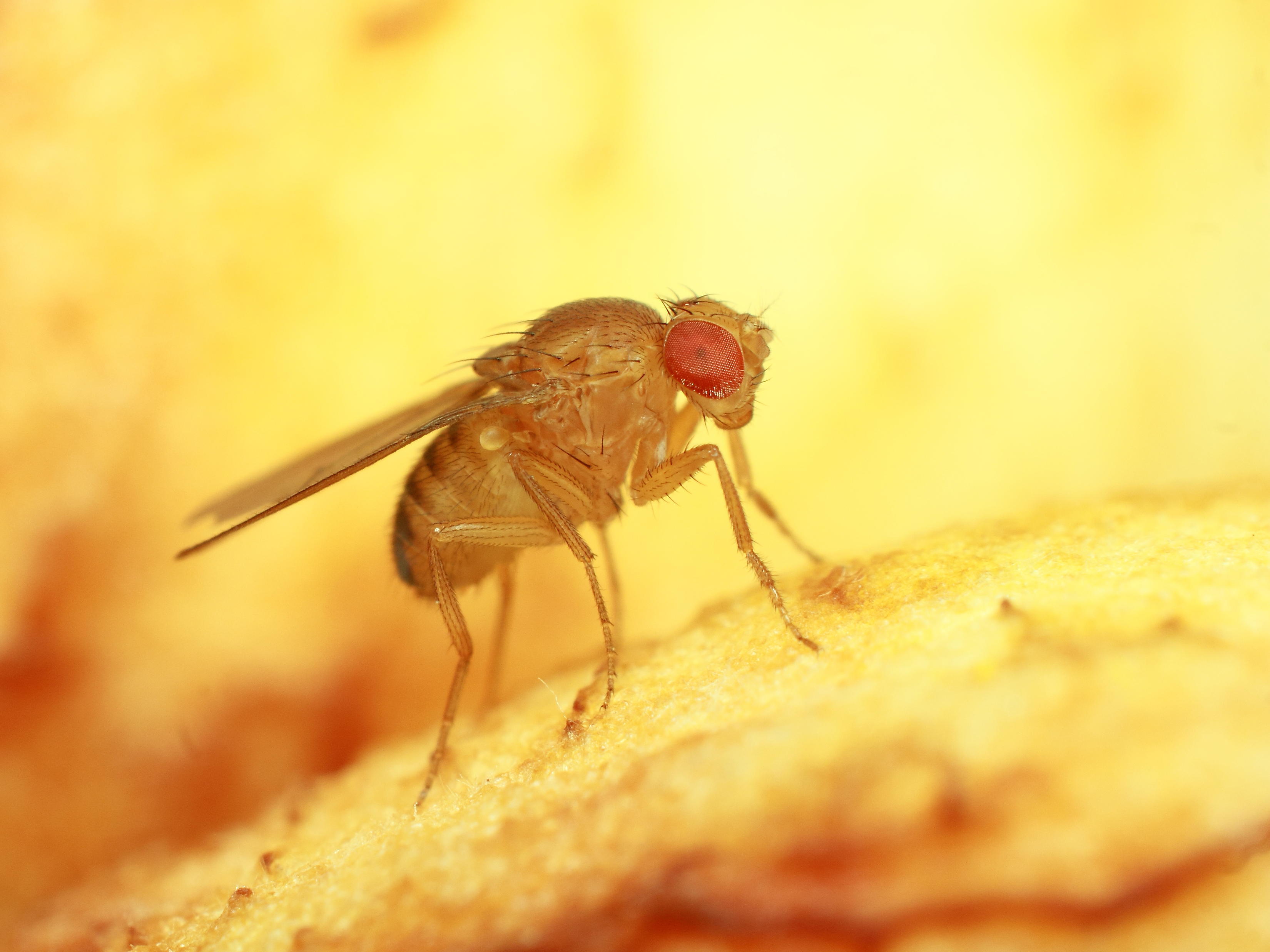
A team of scientists from India, Ireland and America have uncovered a novel role of a protein, Ataxin-2, in initiation and progression of neurodegenerative diseases - Amyotrophic Lateral Sclerosis (ALS) and Spinocerebellar Ataxia Type 2 (SCA2).
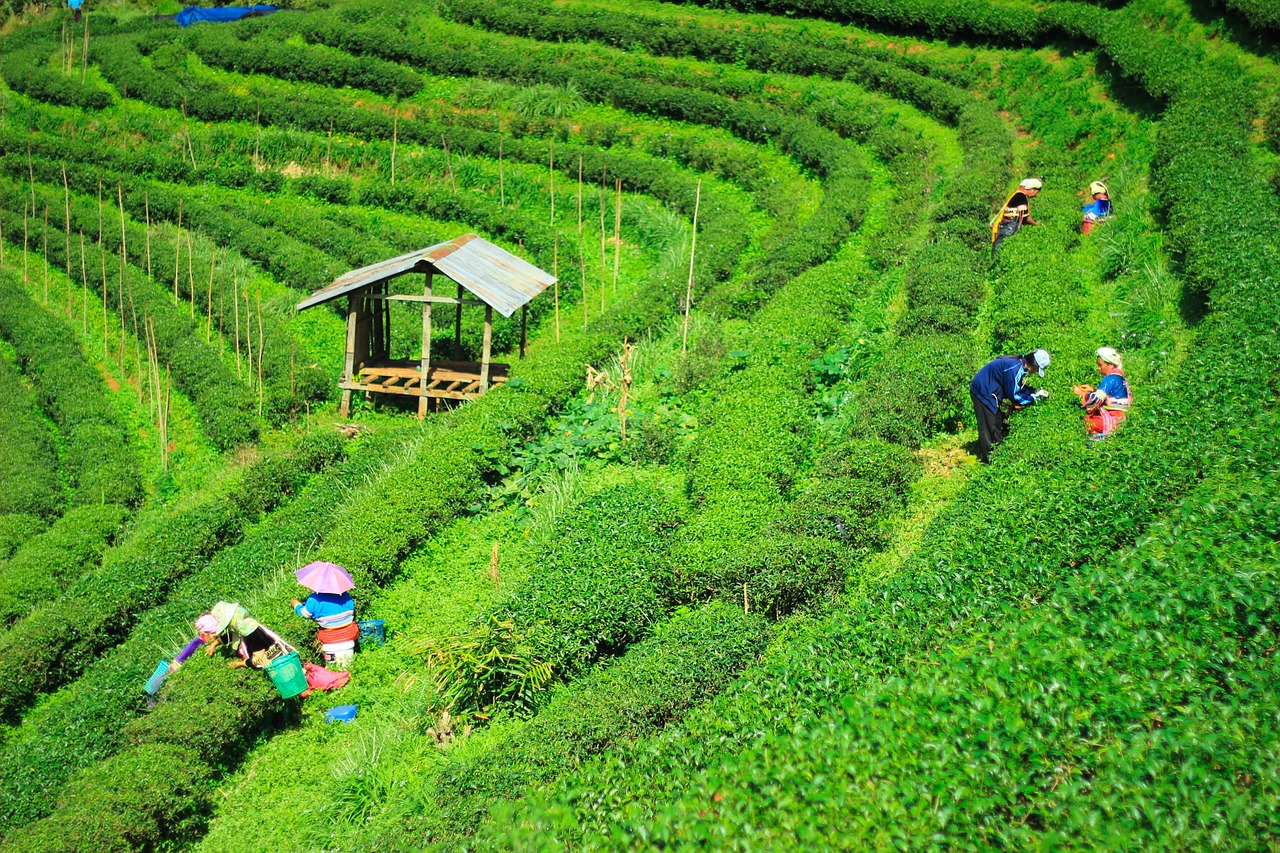
A gradual change in temperature and rainfall patterns in Darjeeling hills is beginning to affect the production of the famous Darjeeling tea.

Photochromic materials can change color under stimulation of light. They are of high commercial importance for ophthalmic lens industry as also in sectors like optoelectronic switching devices, data storage, and optical transmission.
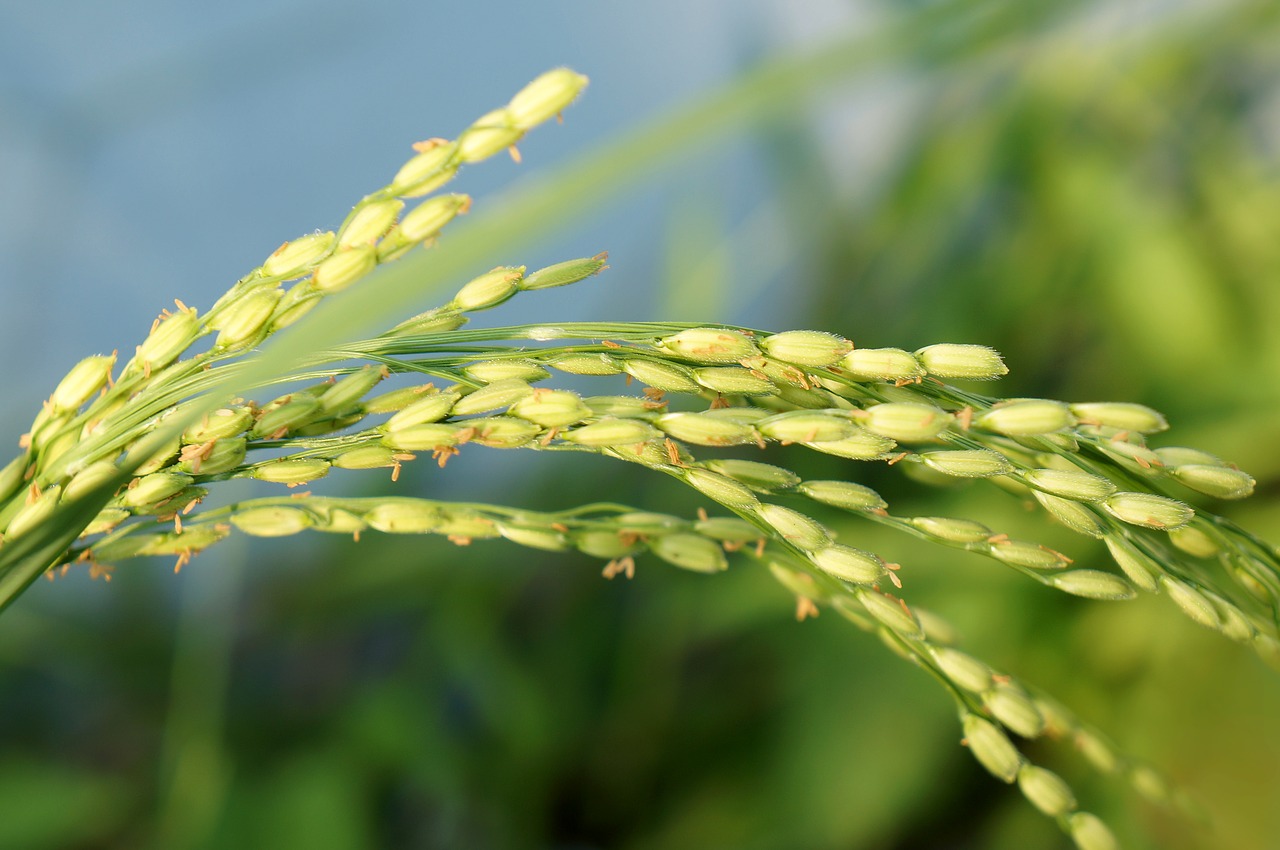
The presence of arsenic traces in rice is a major problem in several parts of the country. Now scientists have found that soaking rice seeds in selenium can mitigate adverse effects on rice plants grown in arsenic-contaminated soils and can arsenic accumulation in rice grains.
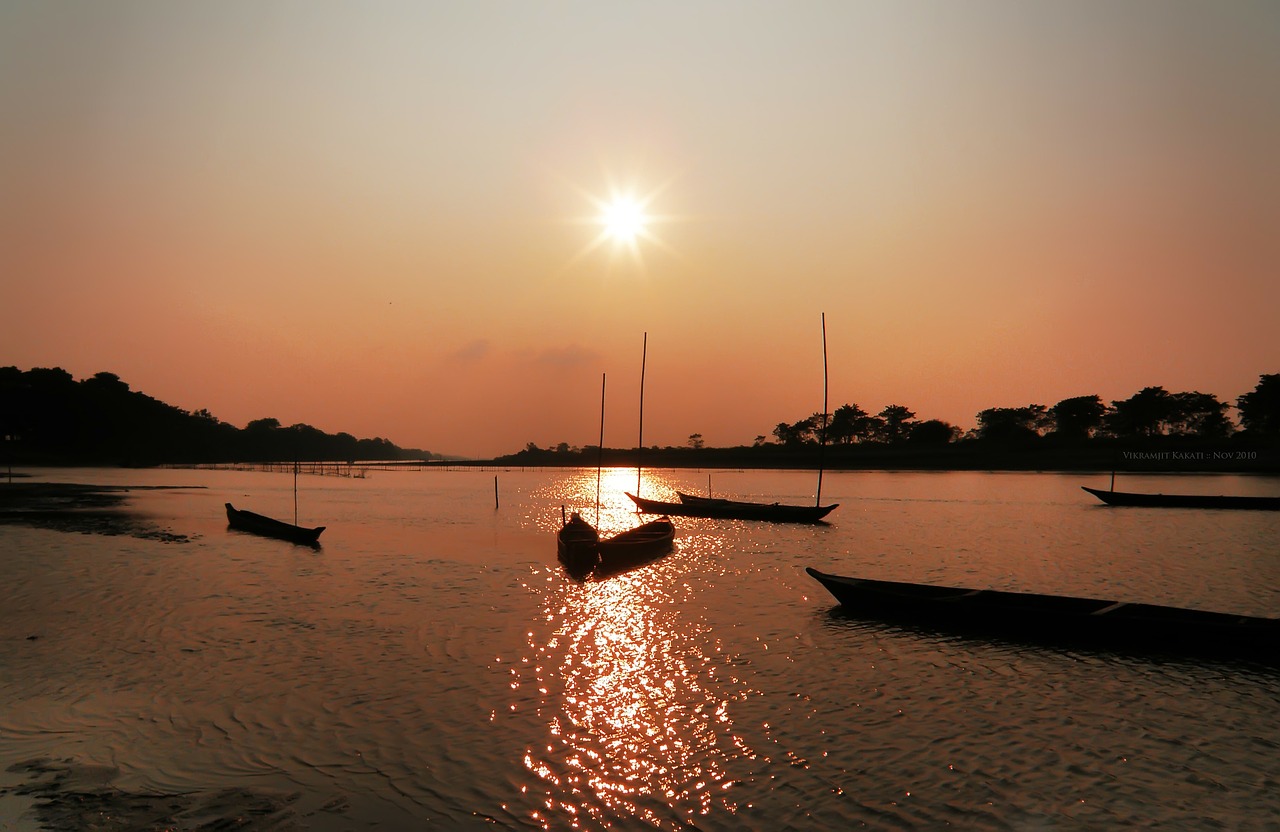
A new study on climate change in India has confirmed a rapid rise in surface temperatures in the past 70 years.

The world of science has lost an eminent physicist with the passing away of Prof. E.C.G.Sudershan, who was nominated for Nobel Prize several times but missed the coveted honor every time.

Leptospirosis - caused by pathogenic bacteria, Leptospira - led to over one million infections globally in 2015. Availability of an appropriate vaccine could have prevented most of them.
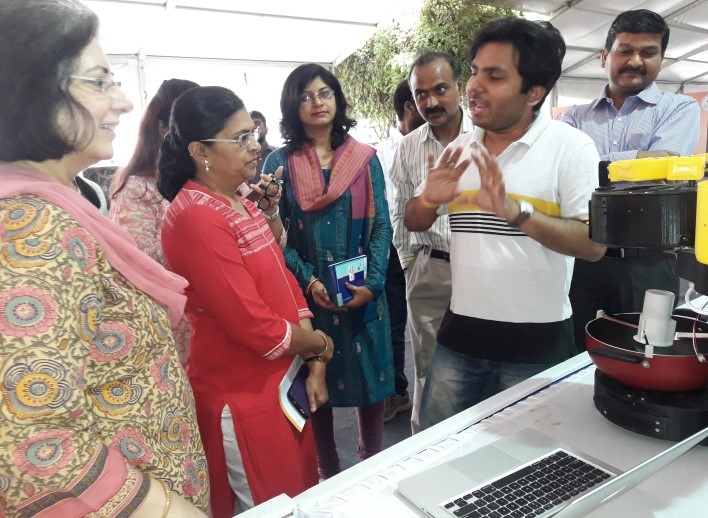
An app-driven automated food maker, an automatic dust lifting machine, a dustbin with sound alert, hand-driven waste picking and dumping cart, currency note sterilizing machine for ATMs, wrapper picker, cycle-powered road cleaner, a tiffin box that reminds children to wash hands before eating.

Obesity is on the rise globally, emerging as a major public health challenge. While sedentary lifestyle and unhealthy diets are major causes, there are several other contributory factors which are largely ignored.
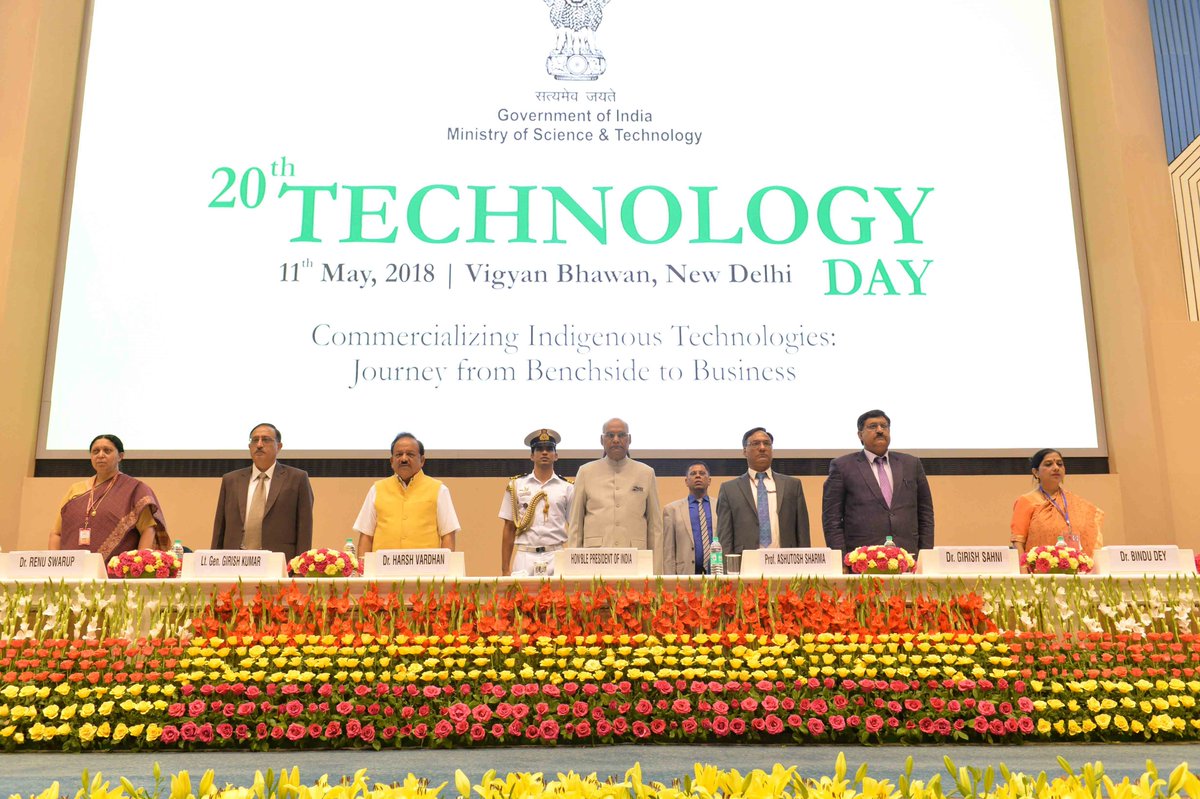
President Ram Nath Kovind on Friday presented the national award for successful commercialization of indigenous technology to Hyderabad-based Bharat Biotech International Limited and Ernakulam-based Agappe Diagnostic Limited.
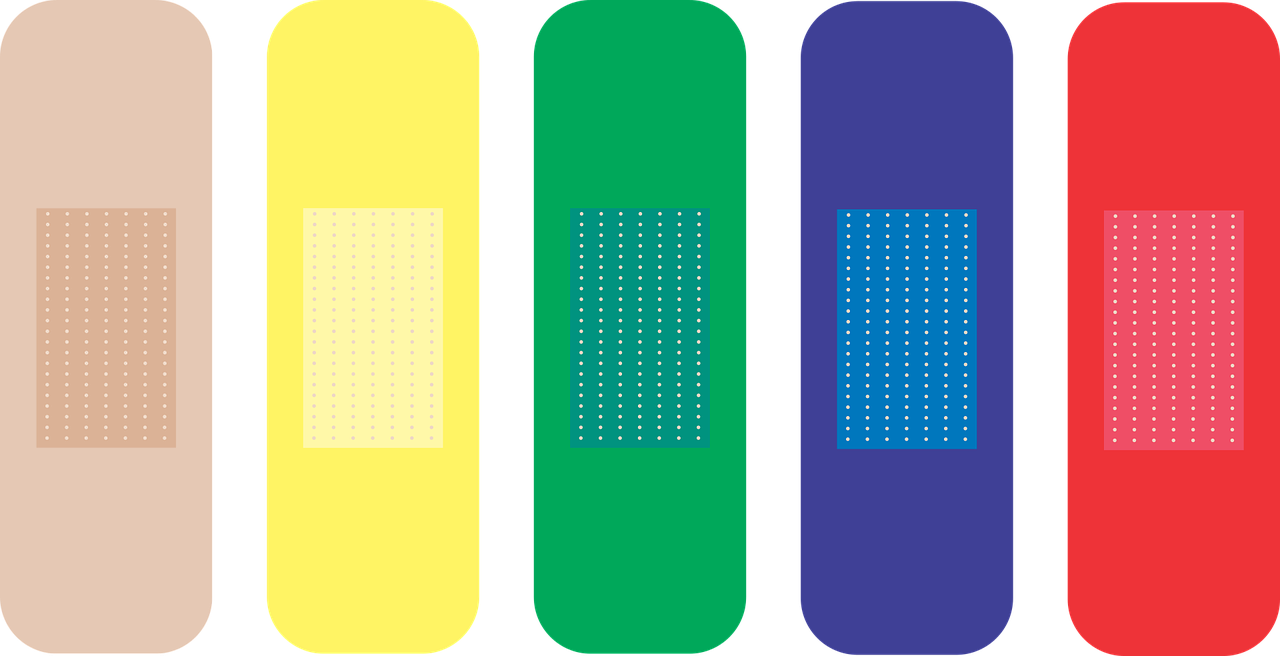
Treatment of chronic non-healing wounds in diabetes is a major clinical challenge. To address this problem, researchers at Indian Institute of Technology (IIT), Madras have developed a new wound dressing material. They have developed it, using reduced graphene oxide loaded Nanocomposite scaffolds and Isabgol.
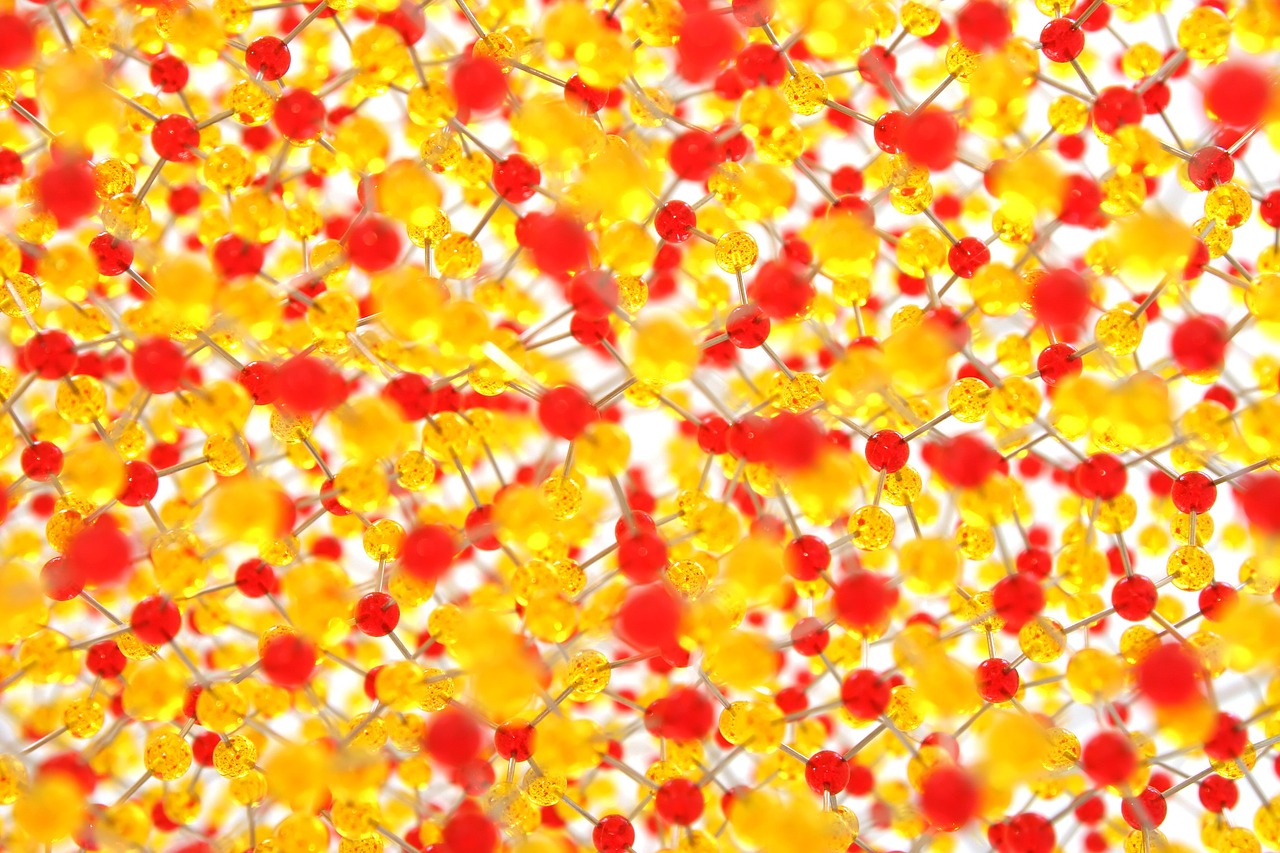
Biological assemblies are thousands of tiny pieces of machinery which play collectively important roles towards maintaining the cellular structure and functions, and many of them even play very critical roles.

Researchers at Bengaluru-based Indian Institute of Science have developed piezo-electric material using ceramic. Piezo-electric materials, which change their shape when an electric field is applied, have a wide range of applications from use in inkjet printers to ultrasound machines.

A group of scientists and students are braving heat and dust this summer in the national capital to map all possible sources of air pollution so that by winter this year we can get a fair idea of different sources of pollution in the city.
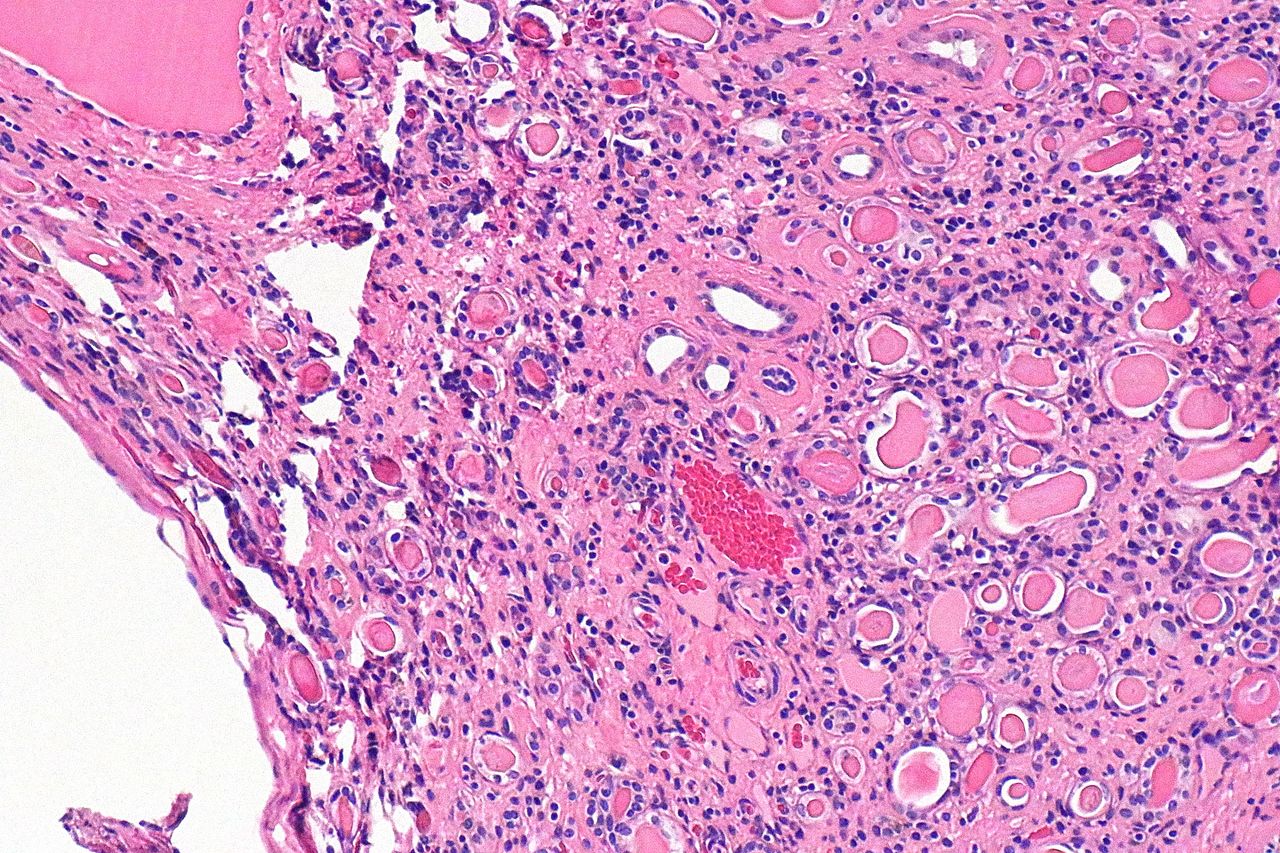
Indian researchers have developed a technique which can potentially help in rapid detection of chronic kidney disease (CKD). It is a highly sensitive electrochemical technique, which can be used to detect different stages of the disease.
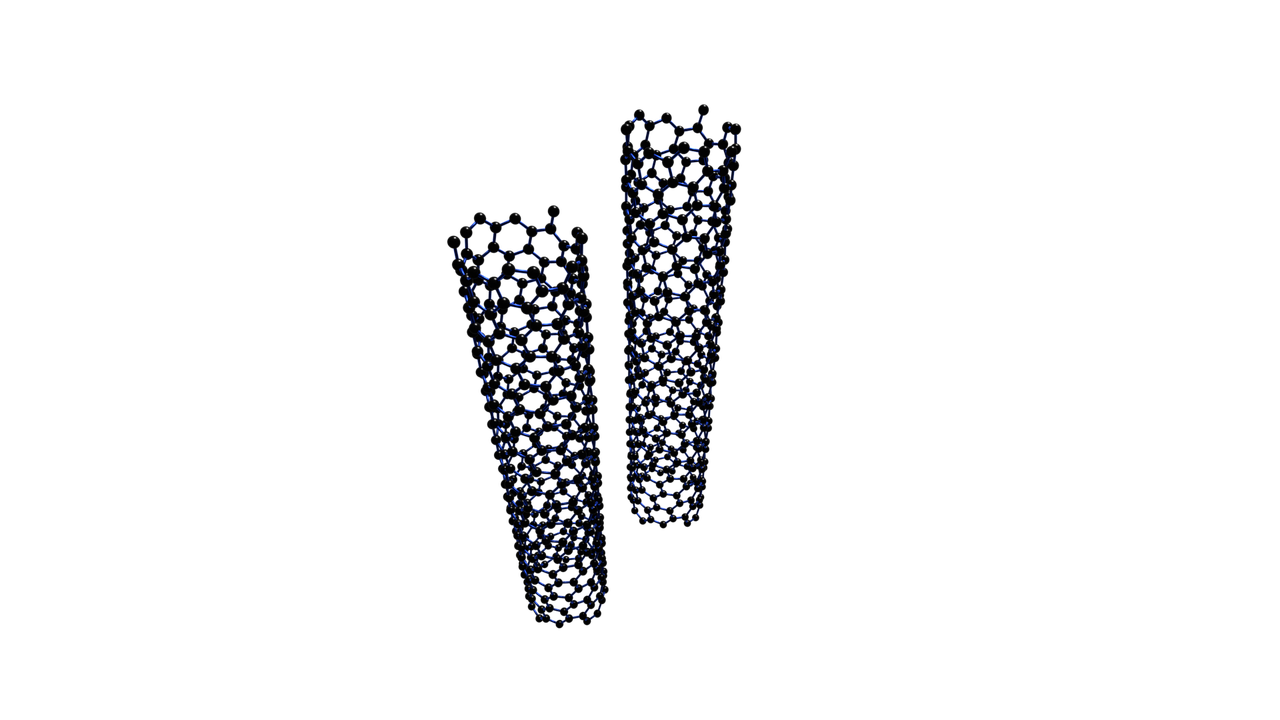
It is almost like going around a botanical garden full of exotic flowers, some of which may look similar to lilies and marigold. But this garden of Nanoflowers can’t be relished with naked eyes.
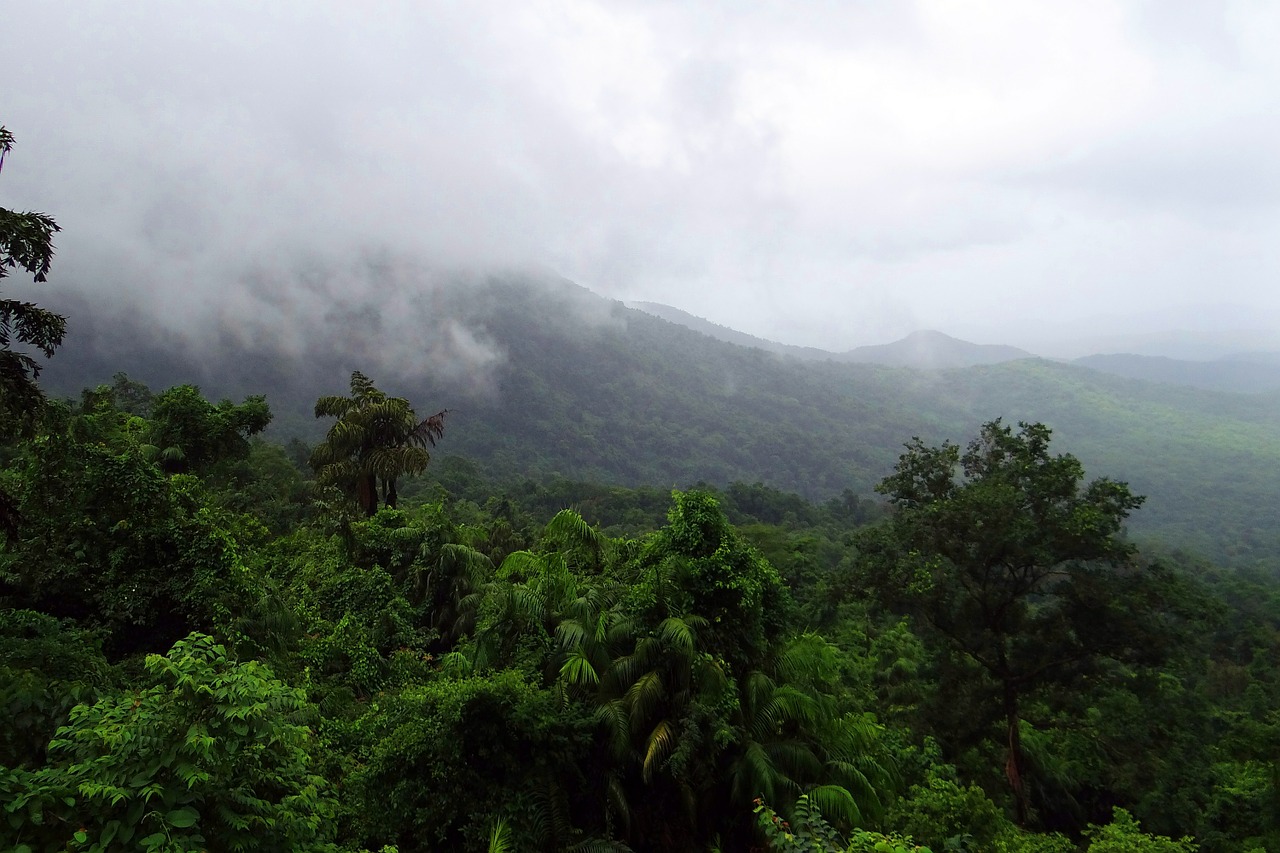
The mountain range that runs along the west coast of peninsular India from Tamil Nadu through Kerala, Karnataka, and Goa to Maharashtra is known as the Western Ghats and is very well known for its majestic beauty.

Attired in a white lab coat, mixing oddly colored chemicals or observing tiny creatures through a microscope and working with sophisticated instruments. That’s how a typical scientist may look like in popular imagination.
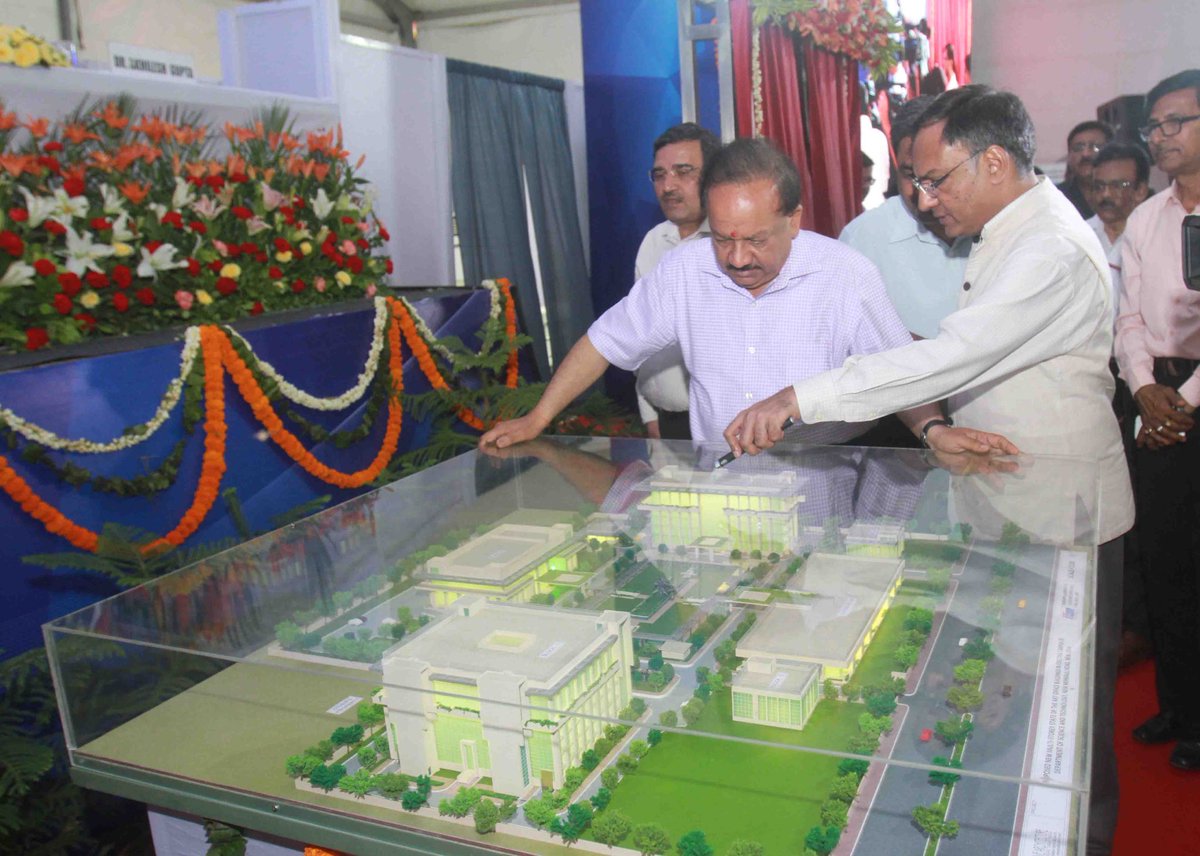
It is not enough that scientists and technologists keep gaining new knowledge and developing new products useful to society. They should also have a workplace befitting their work profile.

Air pollution is not only injurious to human health but also to plant life. Scientists from Banaras Hindu University (BHU) have found that most wheat cultivars developed after the year 2000 are more sensitive to damage due to ozone, a byproduct of air pollution.

India loses agriculture produce worth several hundred crores of rupees every year to weeds. While removing weeds manually is laborious, use of chemicals to destroy them is hazardous to environment and crops.

Just by changing the time of administering drugs, doctors may be able to improve the outcome of cancer therapy, suggests new research done at the Indian Institute of Technology-Madras (IITM).
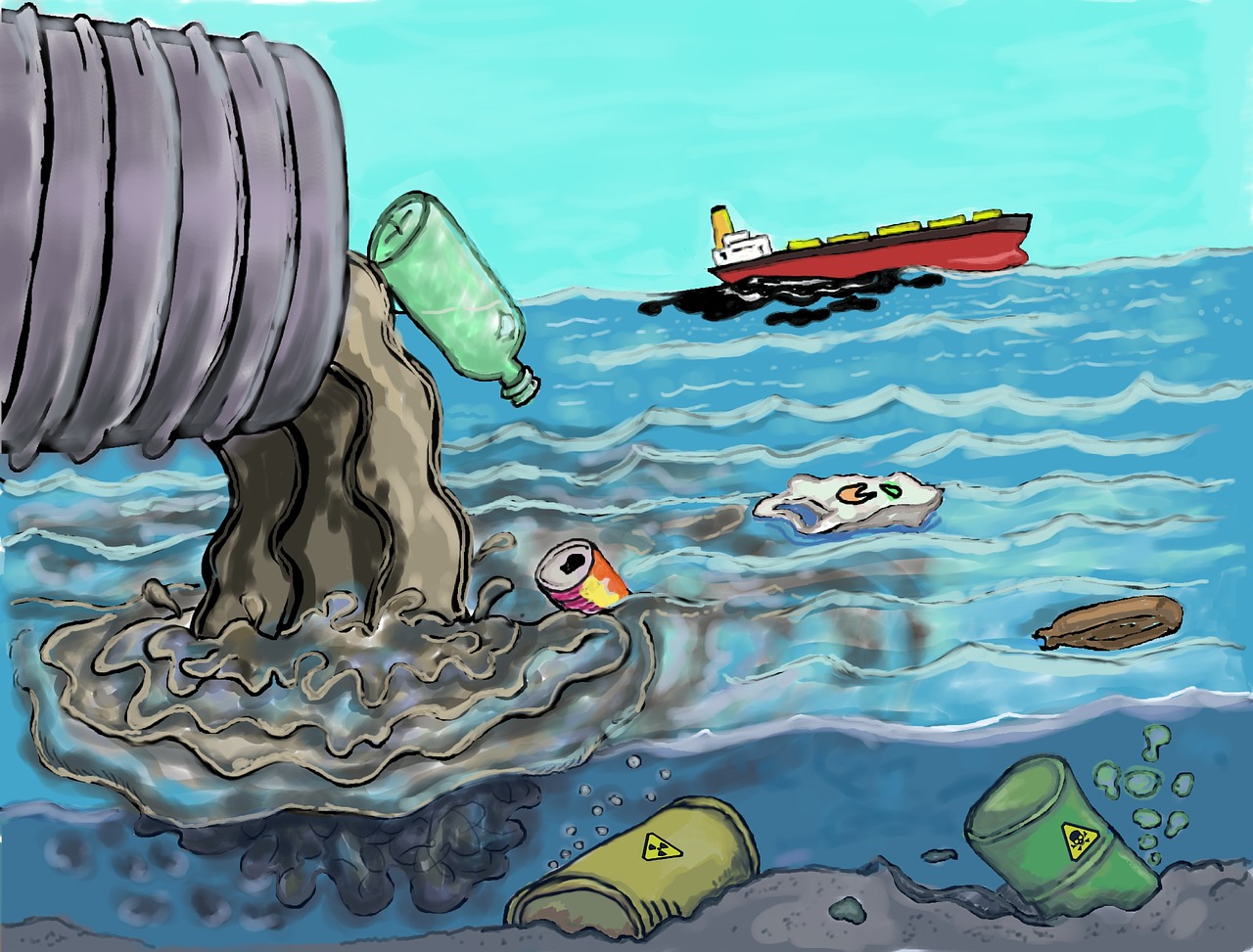
Nanotechnology deals with particles that are several thousand times smaller than a human hair, and it is being put to use in a variety of applications such as drug delivery and diagnostic tests.
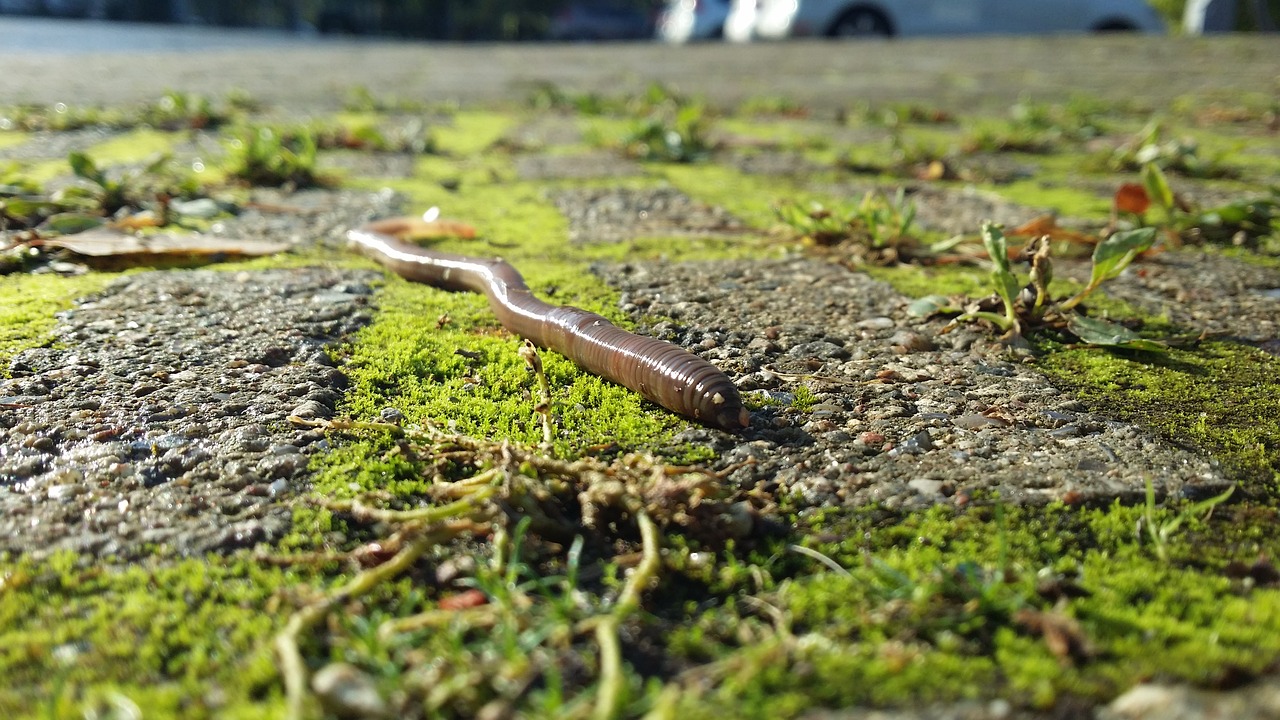
Earthworms are considered best friends of farmers, acting as engineers in soils. They are helpful in the decomposition of waste, producing biofertilizers.

All digital transactions being carried out in India could soon have to timestamp with Indian Standard Time (IST). The National Physical Laboratory (NPL) – the official timekeeper of IST – has signed an agreement with the Department of Telecommunication (DoT) to establish a nationwide network for time stamping and time synchronization and to ensure traceability of time signals.
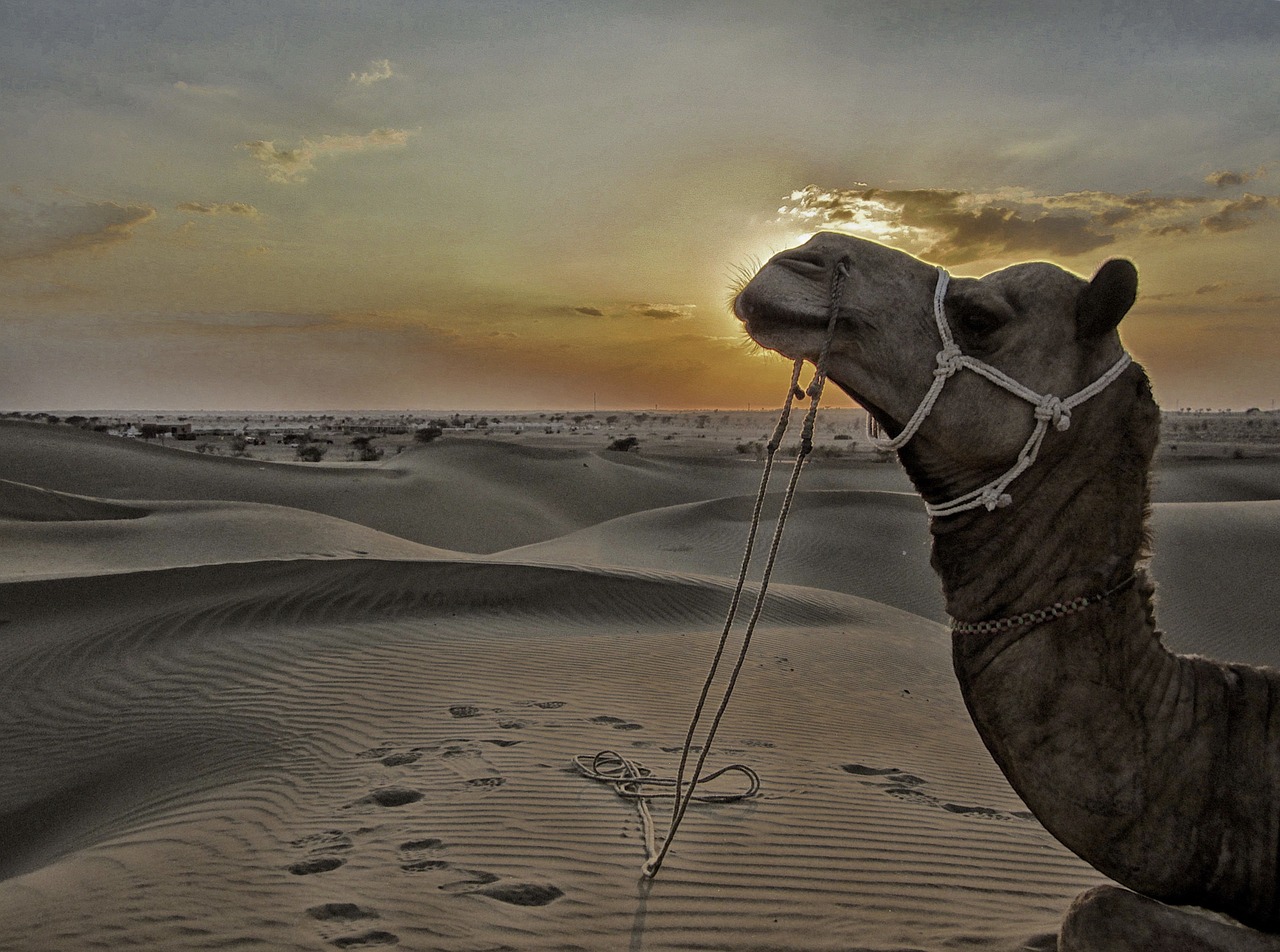
Western Rajasthan in the present age is well known for the Thar Desert. But this was not the case in the past. Indian researchers have discovered a set of rare wood boring trace fossils in Barmer region which reveal that this area was under tropical forest and even had vast river network 55 million years ago.

Astronomy, to many people, may seem like a subject far removed from their daily lives. When children ask us how we know so much about the Universe, we usually shrug our shoulders.

Peering deep into space -- an astounding 90 percent of the way across the observable universe -- astronomers have witnessed the beginnings of a gargantuan cosmic pileup, the impending collision of 14 young, starbursting galaxies.

Antibiotic drug resistance is assuming dangerous proportions at a global level and India is one of the worst affected countries. A new study in India has found bacteria resistant to the most powerful antibiotic in fresh food samples such as chicken, fish, and vegetables.

Indelible ink, generic drugs, information technology, horticulture and flower industry based on tissue culture, Amul, diamond cutting industry, blood collection bags, aquaculture, basmati rice. What is common among all these things?

Researchers at the Indian Institute of Technology, Roorkee, have identified a new enzyme from yak cheese which promises to help improve the nutritional value of cereals by improving the bioavailability of vital minerals.

Fly ash, a harmful byproduct of coal-based power generation, has found a new use - mosquito control. Scientists at Vector Control Research Centre (VCRC) of the Indian Council of Medical Research (ICMR) and Pondicherry University have successfully used fly ash as a carrier for Bacillus Thuringiensis Israelensis (Bti), a biopesticide used for killing larvae of many insects.
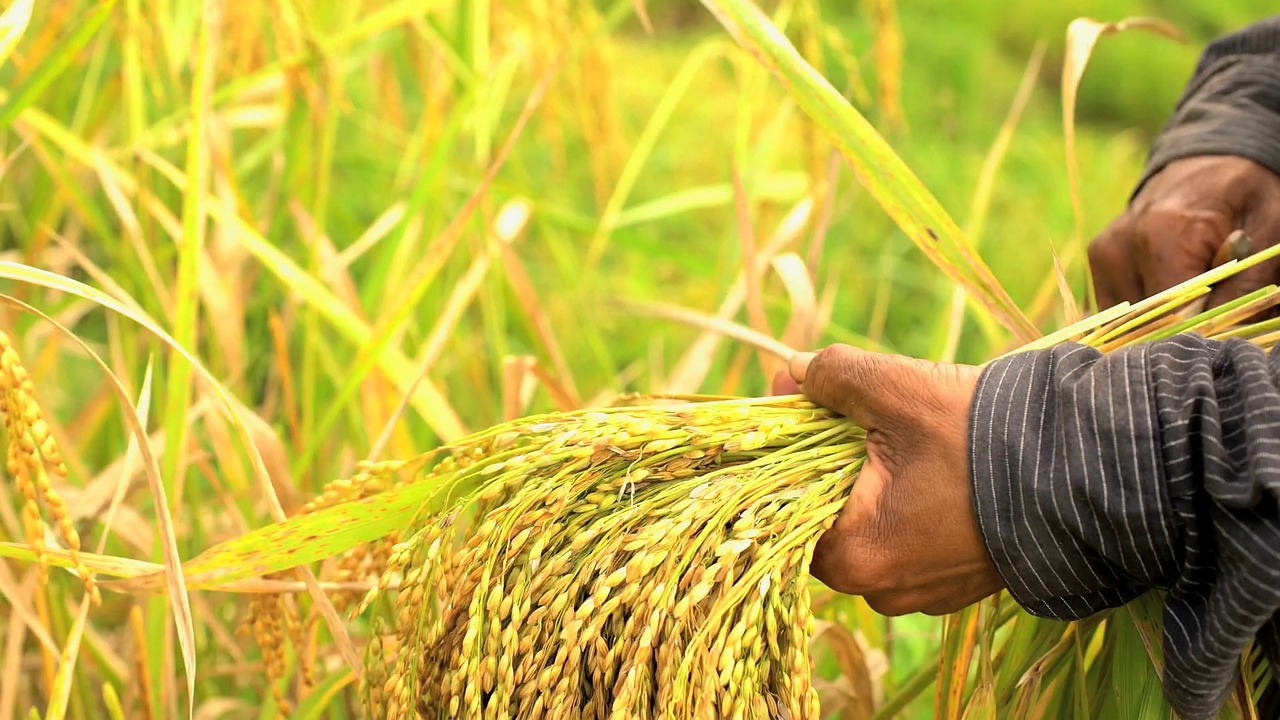
Have you ever wondered how a plant is able to sense nutrients in the soil? The answer lies in the root design. Plants have the capability to change angle and length of their roots as well as hair-like extensions on roots for absorbing nutrients from the soil.

Eyes which help us to see marvels of outside world can also reveal secrets about our inner health. Doctors often examine eyes to look for signs of jaundice, hyperthyroidism, anemia and even high cholesterol.
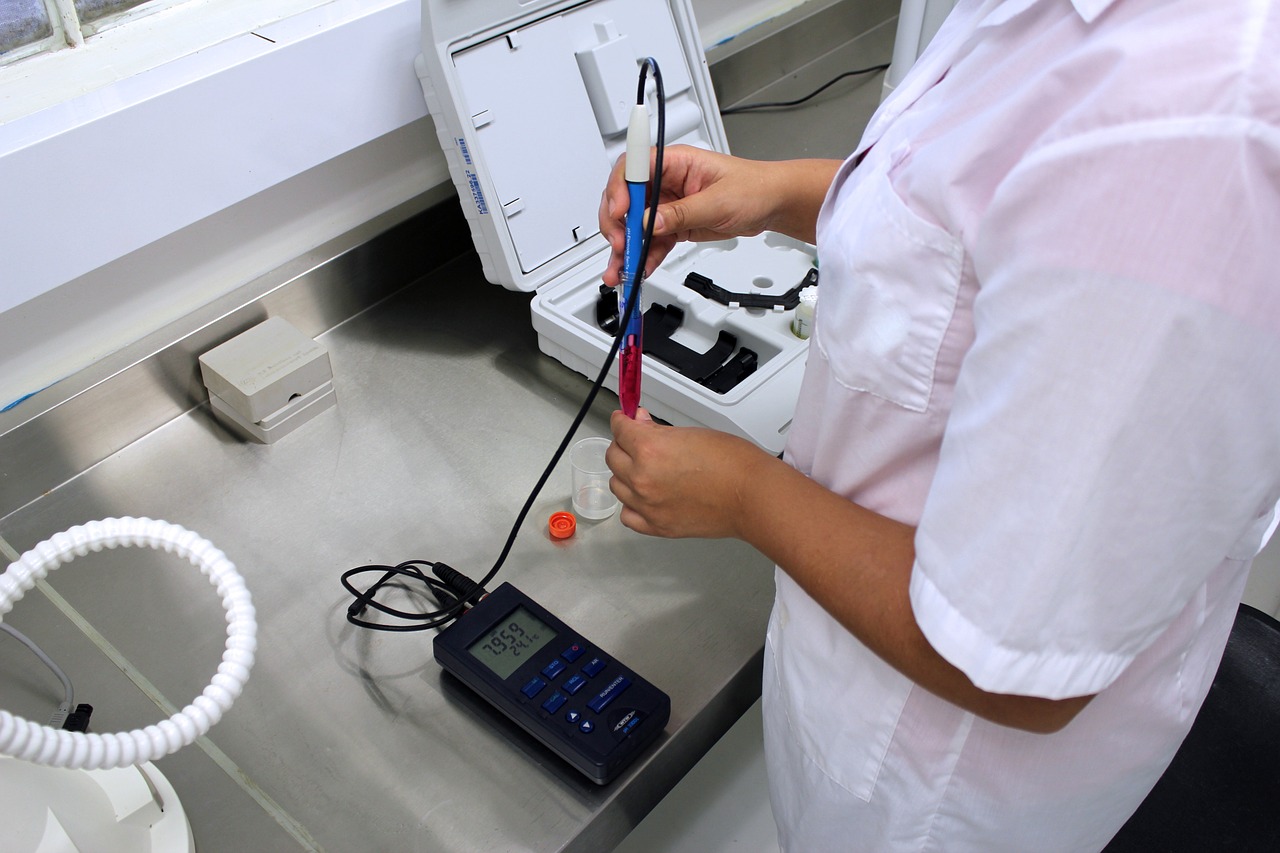
Indian scientists have developed a rapid and accurate method for diagnosis of Salmonella typhi bacteria which causes enteric fever and typhoid.

It is a part of folklore about Indian science that Sir C V Raman made his Nobel-prize winning discovery in 1928 using instruments which cost just a few hundred rupees. A new book by a science historian has busted this myth.

Persistent overuse of fertilizers to increase the crop yield has led to serious consequences on the environment and human health.
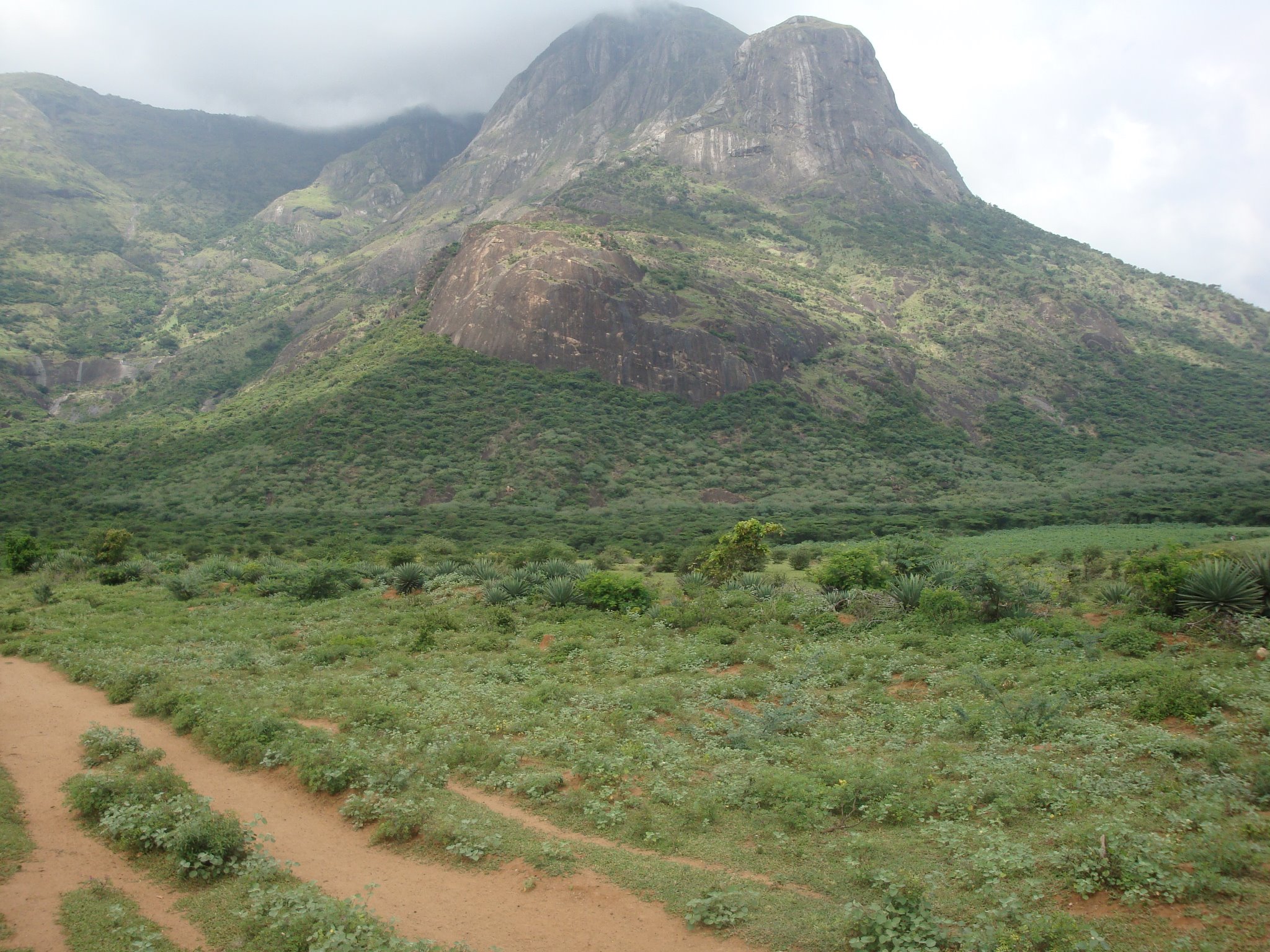
The India-based Neutrino Observatory (INO), an ambitious mega-science project, has been at the center of a controversy in Tamil Nadu with some political groups raising questions about environment clearance granted for setting up the underground facility in Bodi West Hills in Theni district.
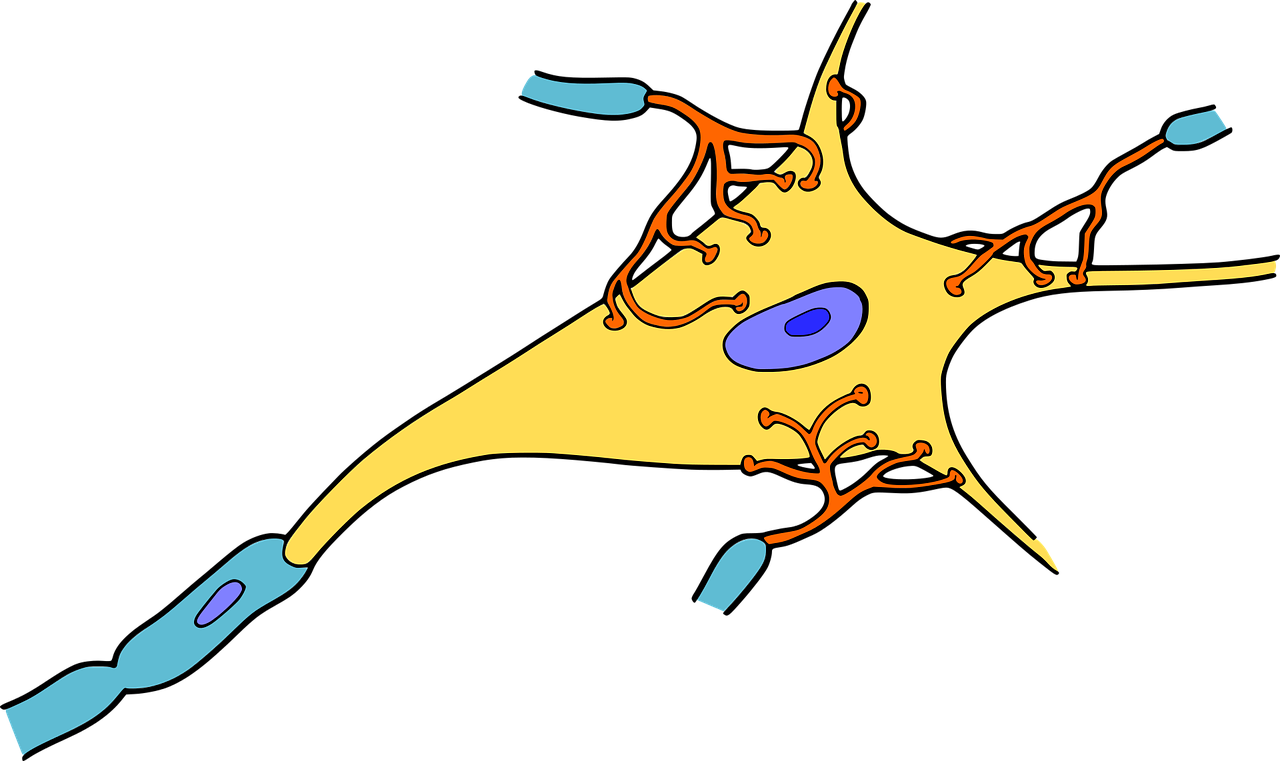
A team of Indian scientists has figured out that glycogen in neurons actually has a protective role in patients with neurodegenerative disorders like Alzheimer's and Huntington's.
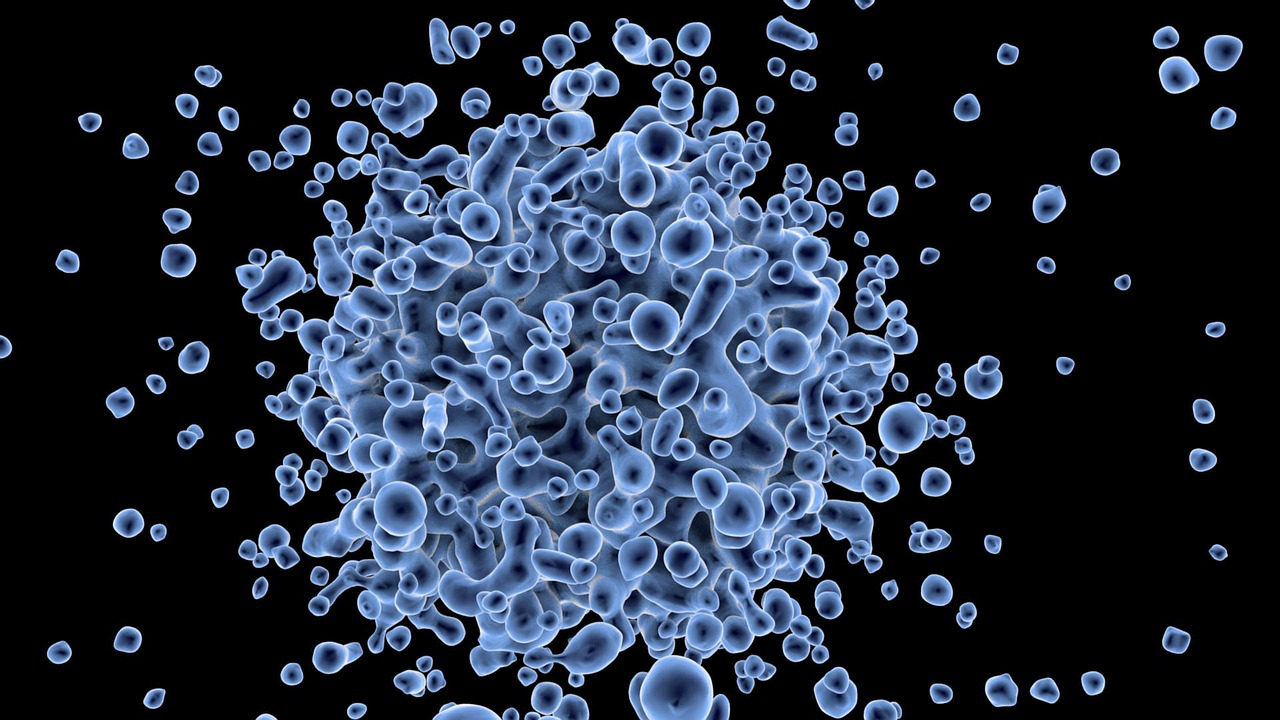
Effective delivery of anticancer drugs is a major challenge so as to avoid toxic side effects. Indian scientists have developed a new way for precise delivery of anticancer drugs using a dual-purpose magnetic metal-organic framework of nanoparticles.

The rising number of cancer cases in India is a cause for concern. With nearly 1.5 million new cases, cancer has emerged as a major health challenge.
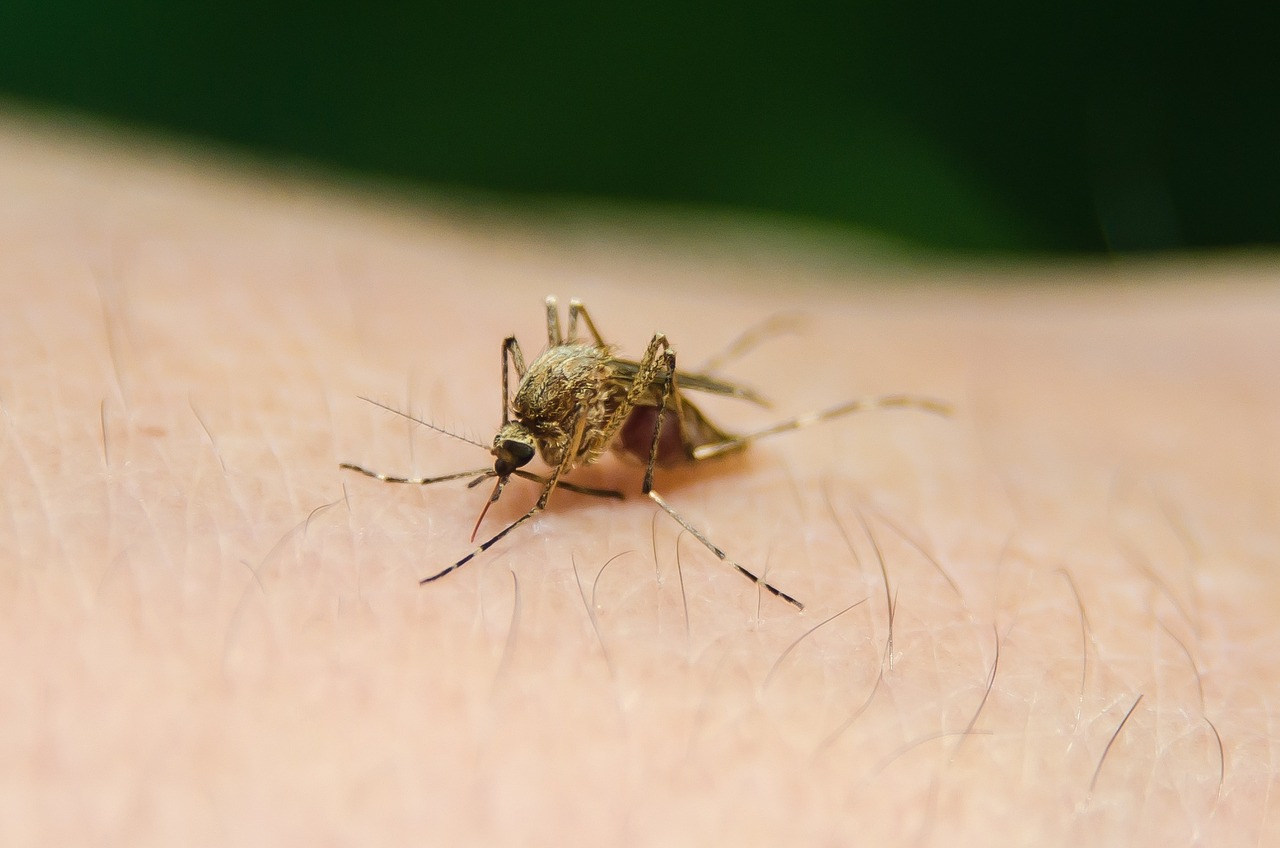
A new study has confirmed a drastic shift in malaria occurrence in India. There is an increase in the number of severe infections instead of a mild form of malaria experienced earlier.

As the parched Indian subcontinent eagerly awaits the monsoon, all indications are that it will be a normal monsoon, especially since no El Niño is in the offing for 2018.
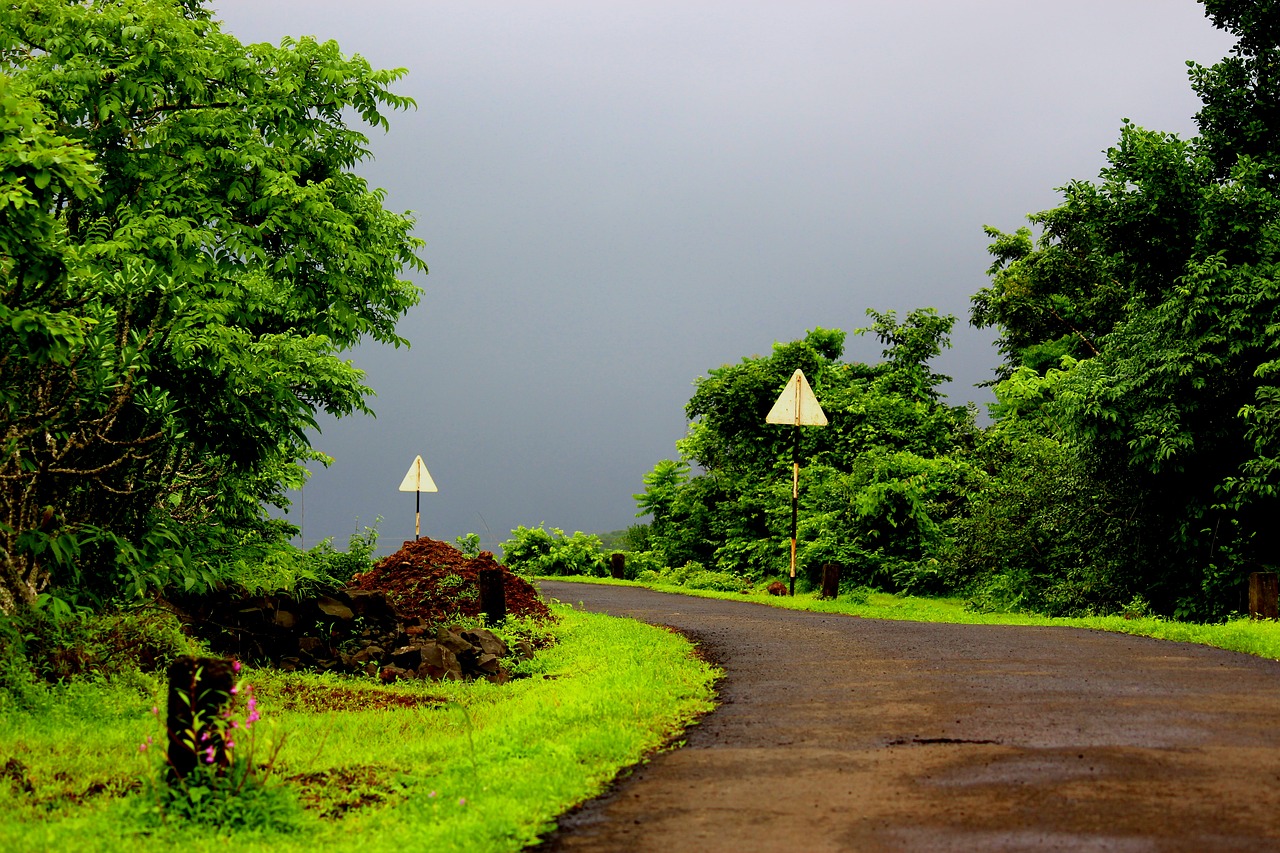
India Meteorological Department (IMD) on Monday forecast that the monsoon this year will be normal, with rainfall of 97 percent of the long period average (LPA) with an error of plus or five percent.
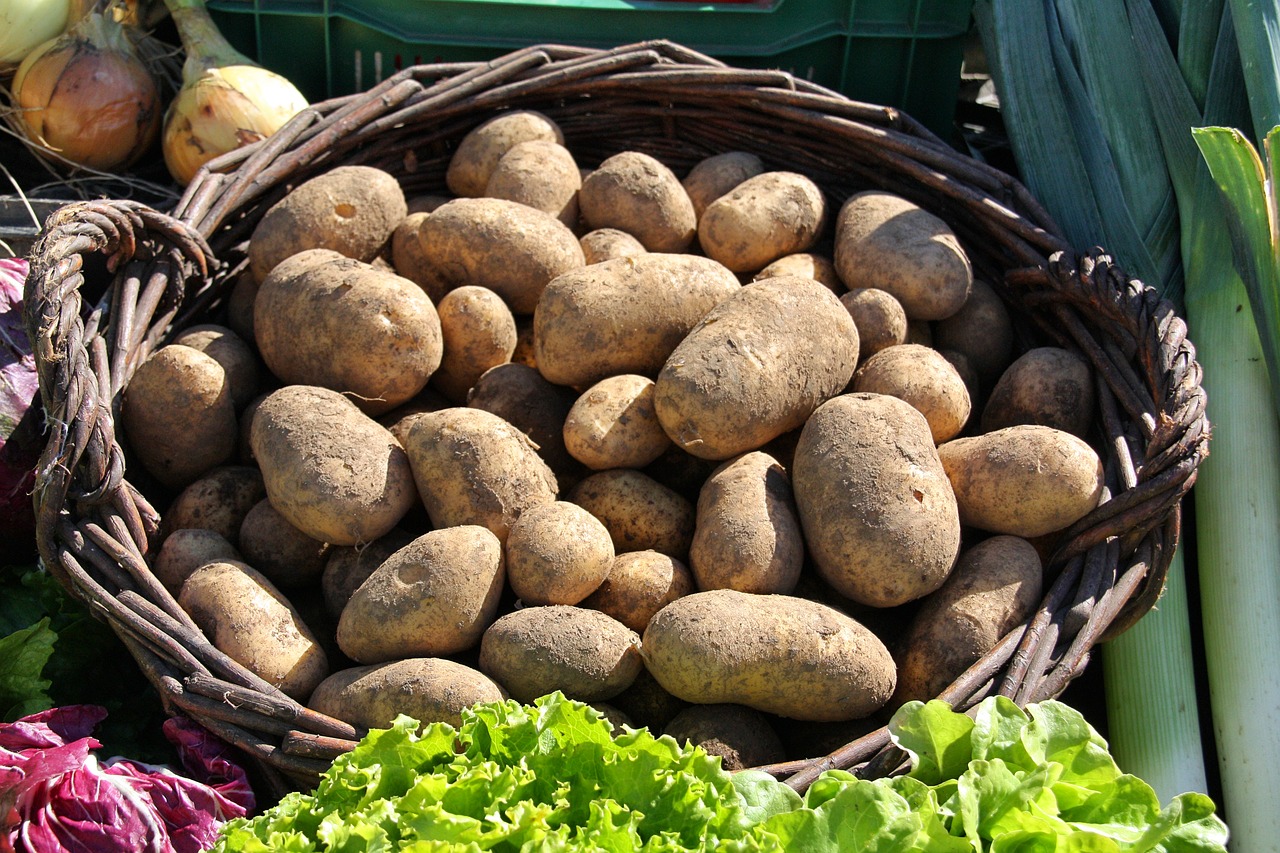
A rapidly evolving pathogen from Europe may spell doom for India’s potato yield, an essential staple crop that also fetches good income to millions of farmers.
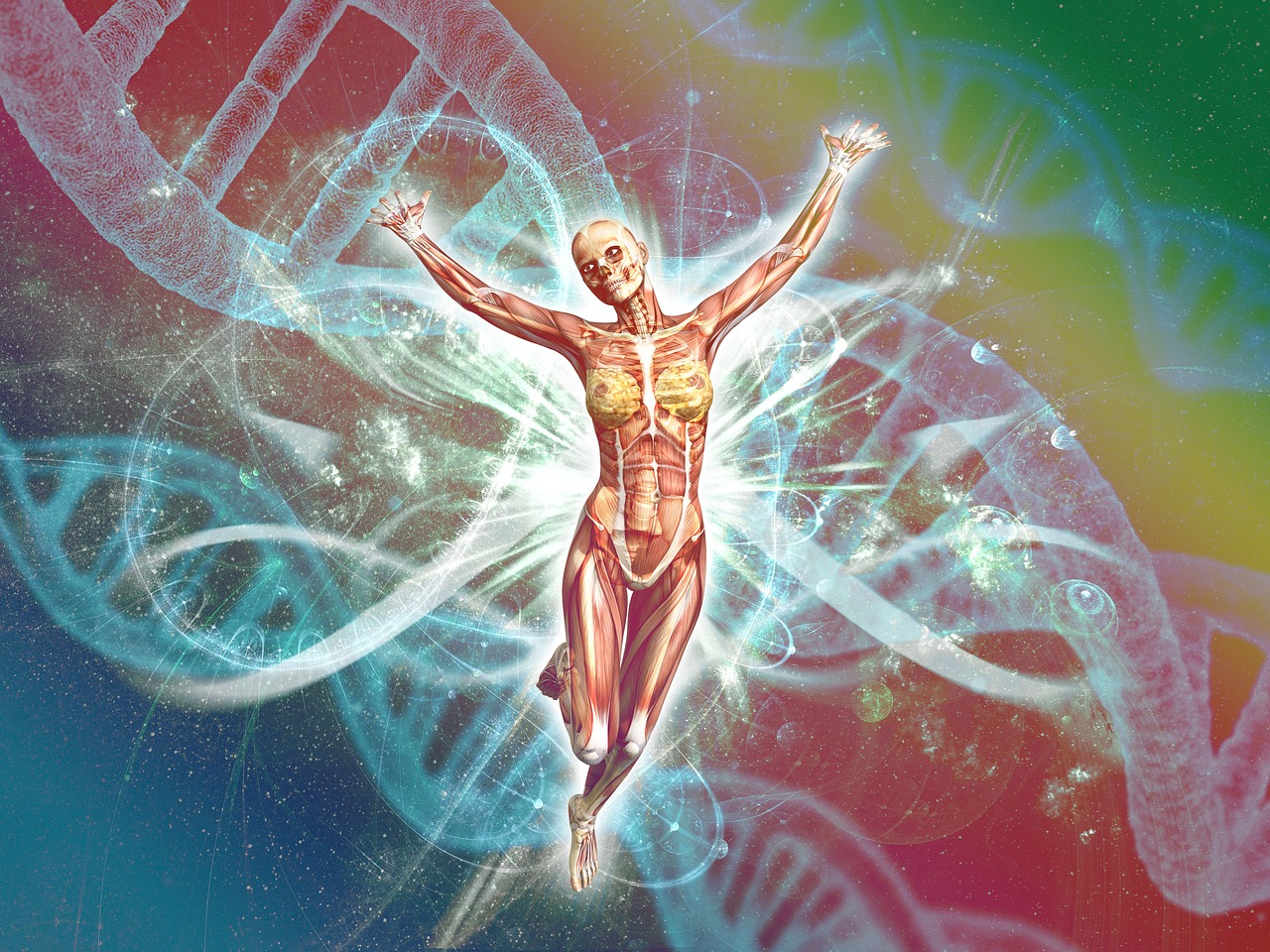
The new science of Epigenetics has enabled us to track, how our lifestyle and surroundings affect the behavior of genes in our body, without altering the underlying DNA sequence (commonly called ‘mutations’).

Yak – the lifeline of pastoral nomads in high altitudes of the Indian Himalayan region – is facing the threat of gradually rising temperatures in the region.
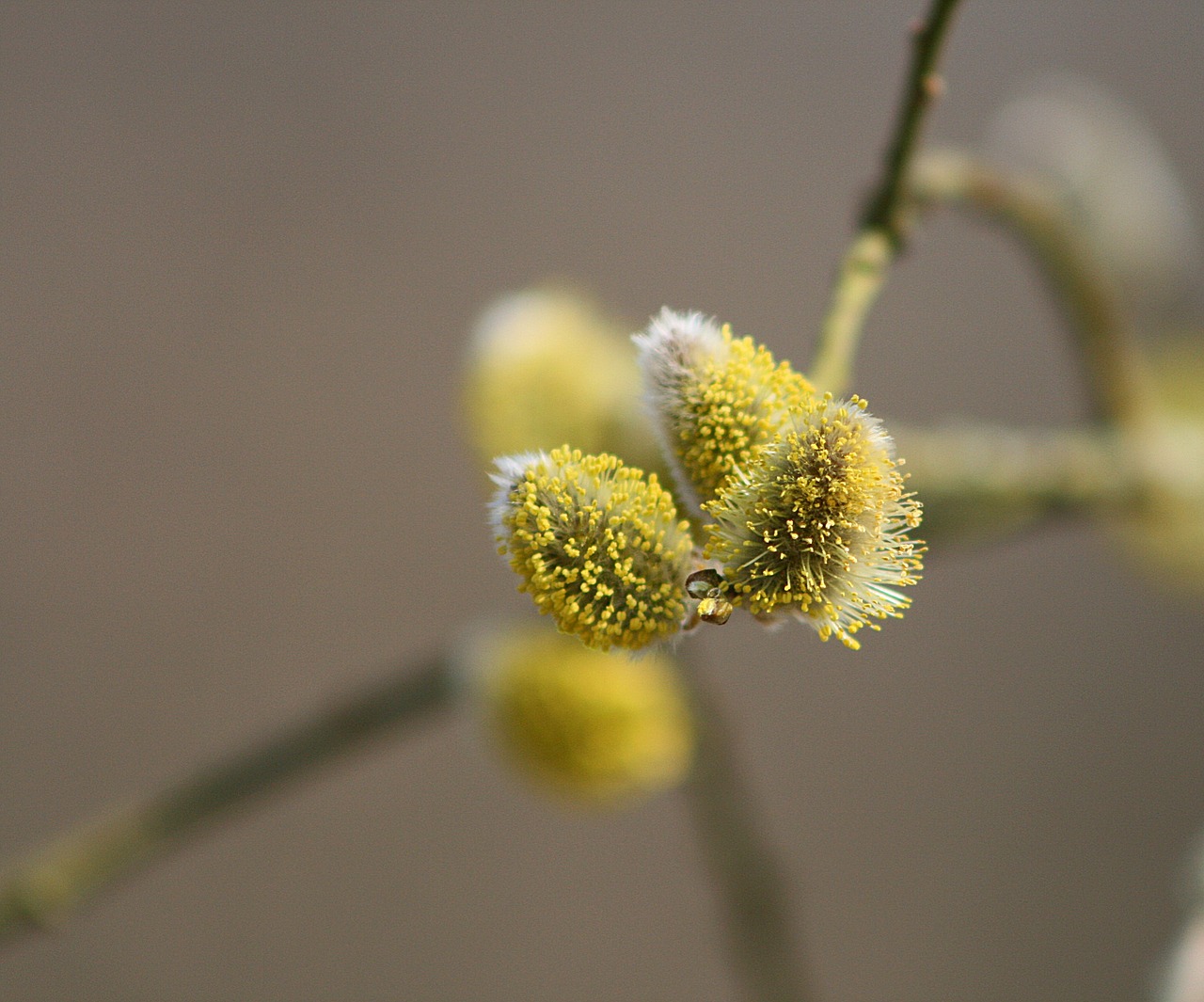
Delhi is constantly struggling with the threat of air pollution containing harmful gases and particulate matter.
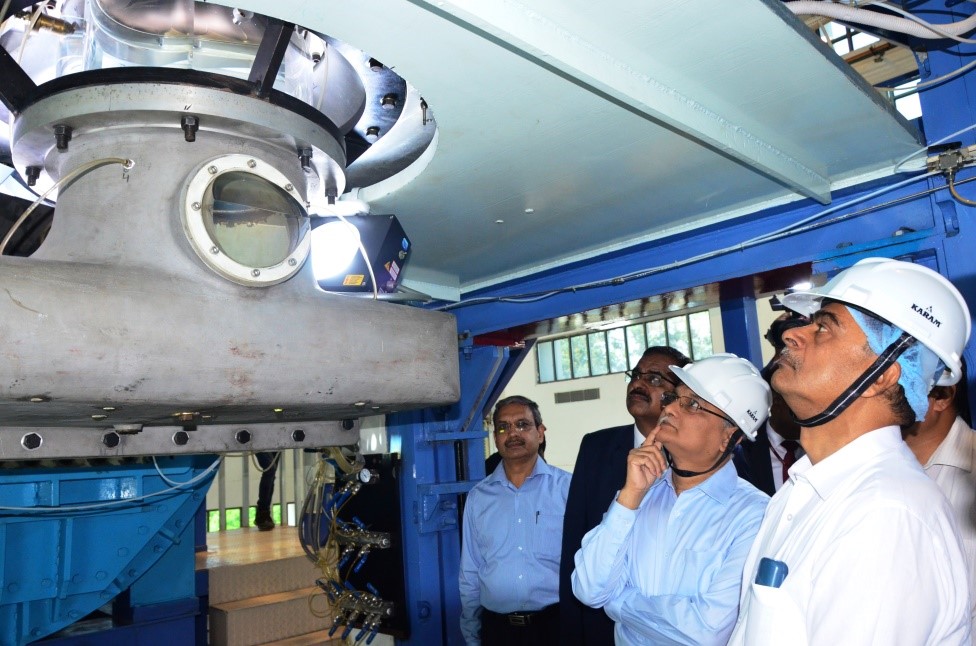
It is estimated that India has the potential to generate 20,000 MW of power from small hydropower projects alongside rivers and irrigation canals.
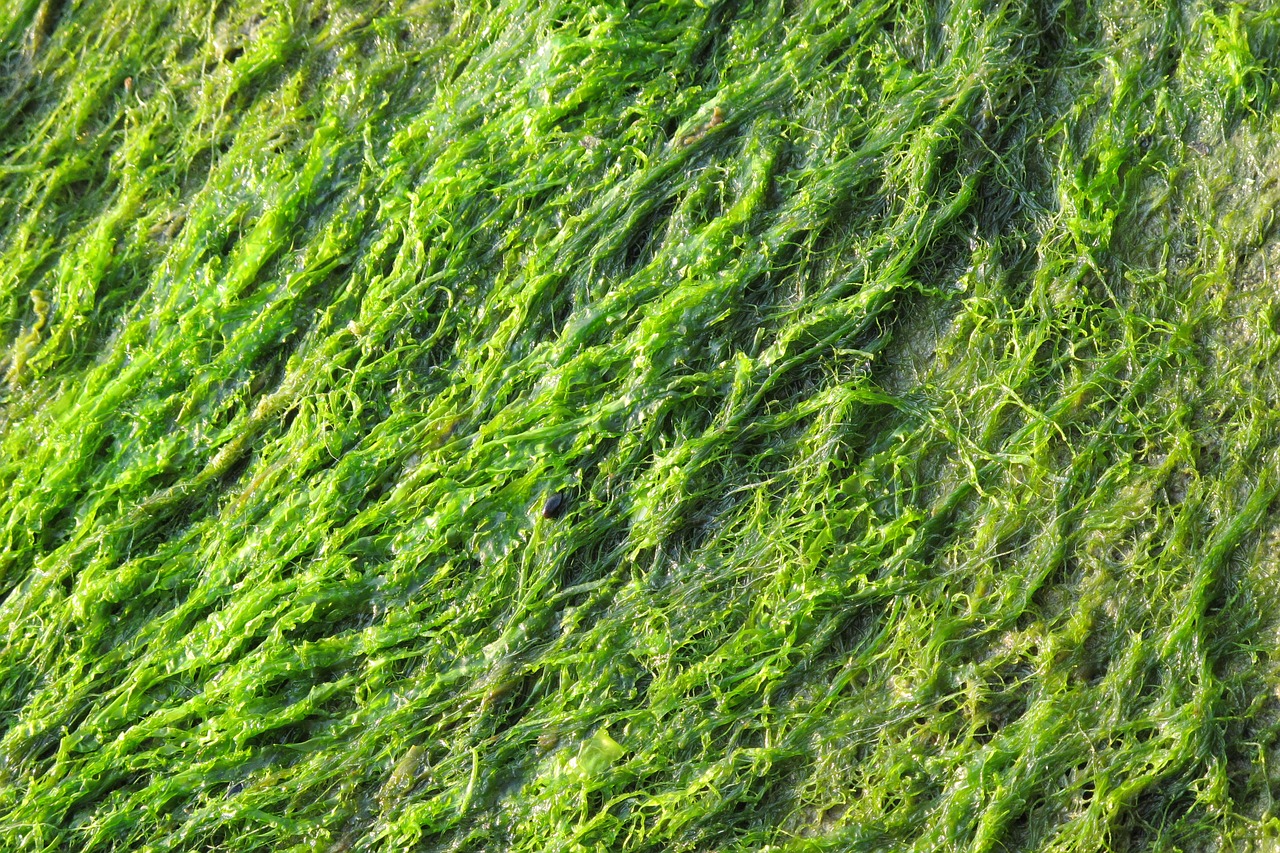
Treatment of wastewater containing industrial dyes and toxic heavy metals is a major environmental problem as available treatment techniques are not very efficient and environment-friendly.
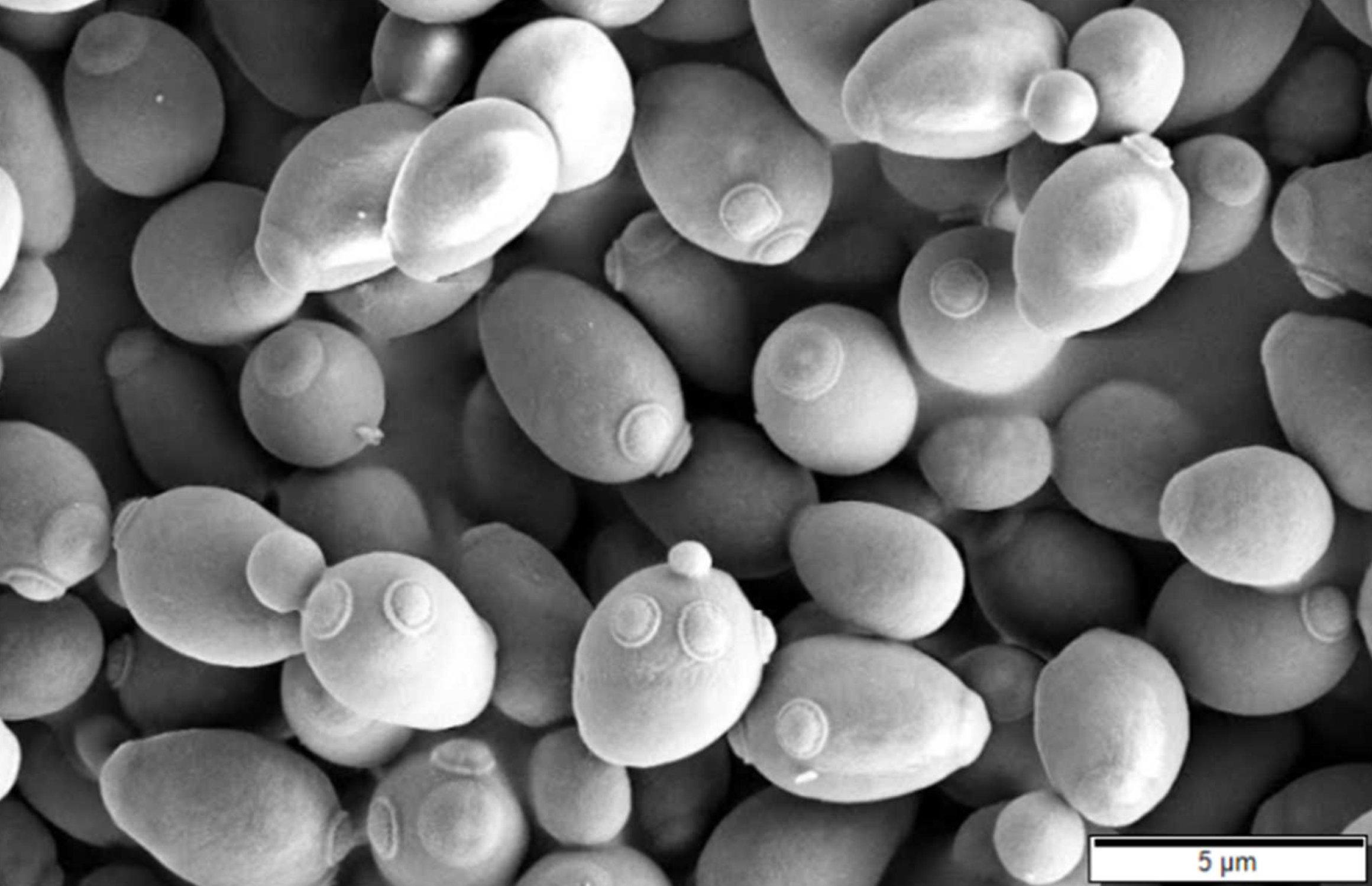
Phosphorus deficiency can lead to several health complications. Many a time we face this deficiency despite consuming phosphorus-rich food.

India has been an active player globally in polar research, having established research stations in both the Antarctic and the Arctic.

The National Research Development Corporation (NRDC) will establish a technology data bank for ASEAN (Association of Southeastern Asian Nations) region as part of ASEAN-India Innovation Platform.
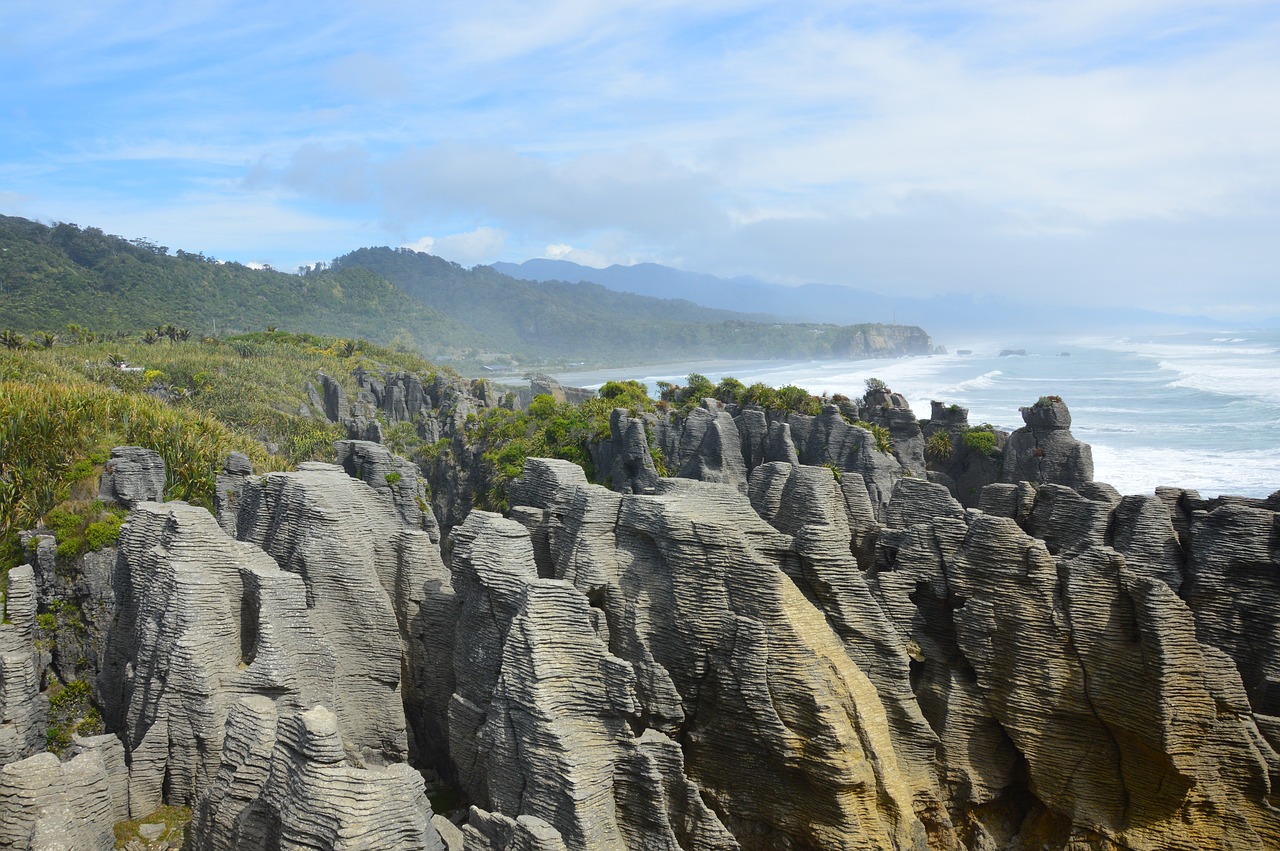
Indian Scientists have developed a remote sensing technique that uses satellite data to delineate between various coastal landforms like beaches, mangroves, and marshes.

Latest stories in science and technology research, carefully handpicked by Research Stash team
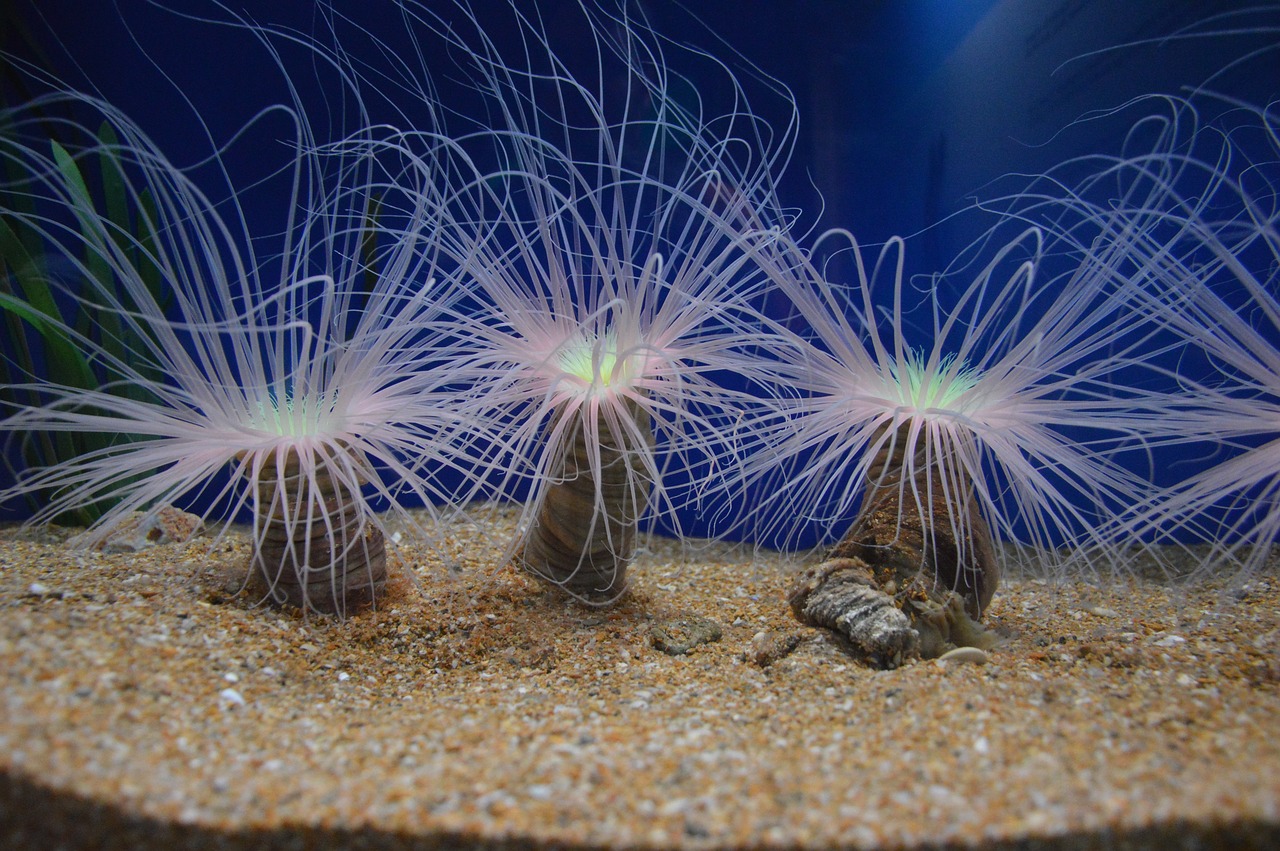
In a few weeks from now, a seasonal forecast for the Indian summer monsoon will be announced. Among various parameters that determine the fate of the monsoon is the sea surface temperature, more specifically, the contrast between land and sea temperatures.
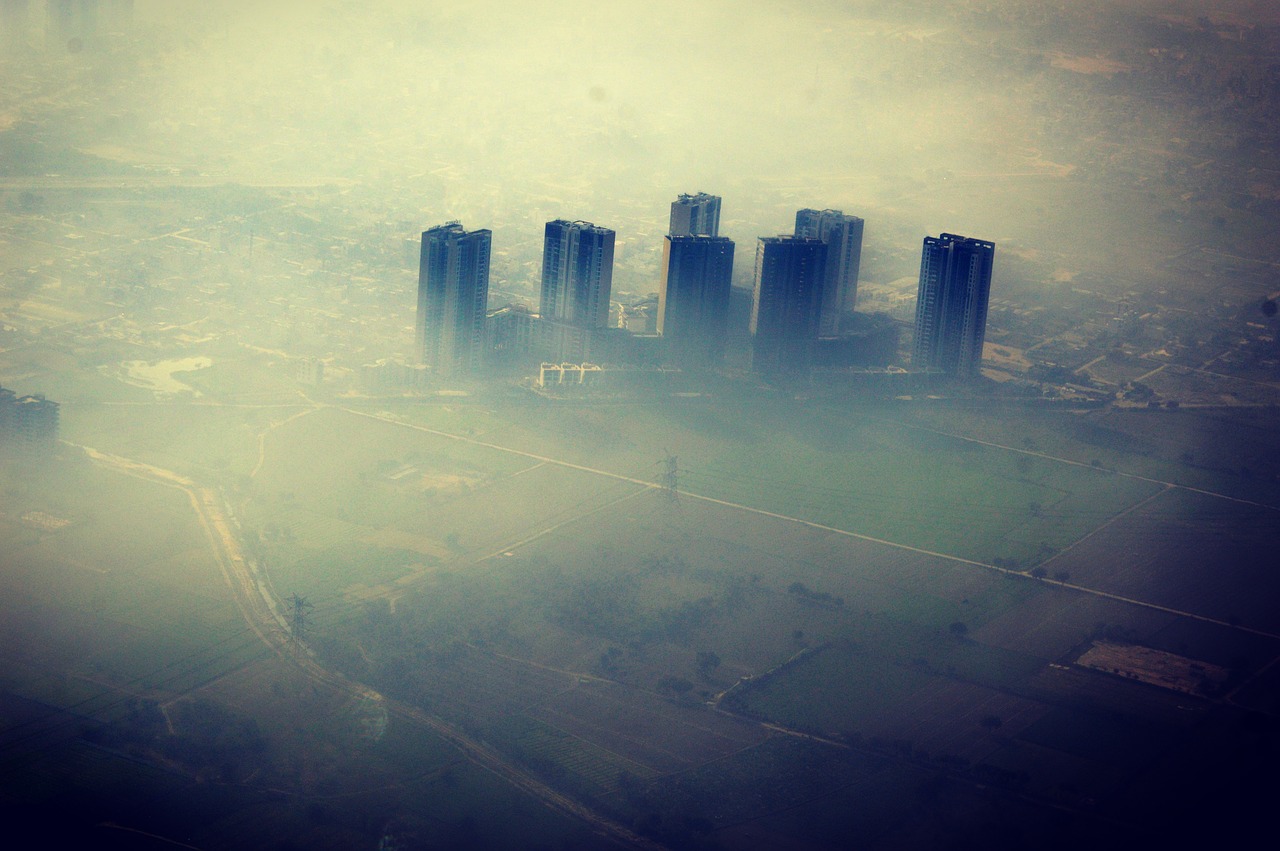
There seems to be no early end to the debate on whether the odd-even scheme implemented by Delhi Government in January 2016 was a success or not.
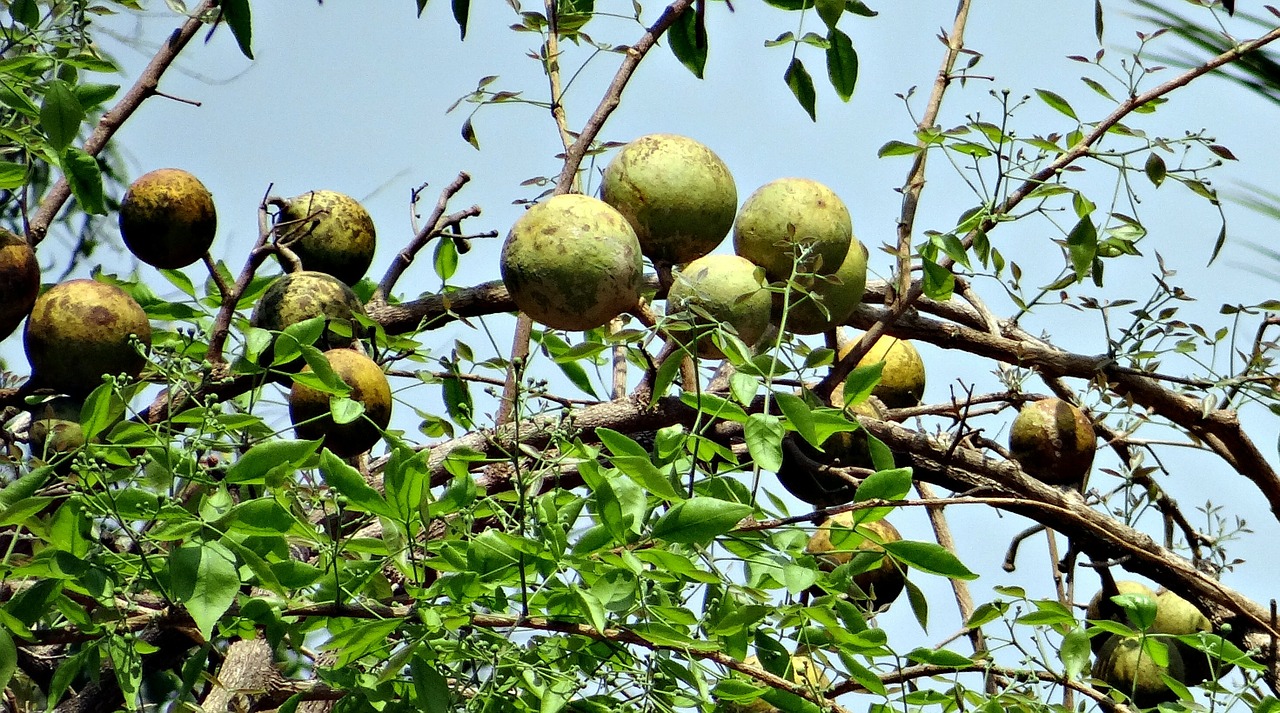
In India, an estimated 50,000 people die of snake bites every year and many don’t even make it to a hospital.

The four-day event 2018 Smart City Expo and Summit successfully concluded with a great response from global as well as local smart city enthusiasts.

Eggshells are among the most commonly discarded kitchen waste. Now scientists are putting eggshells to some novel use – drug delivery – by deriving nanoparticles out of them.
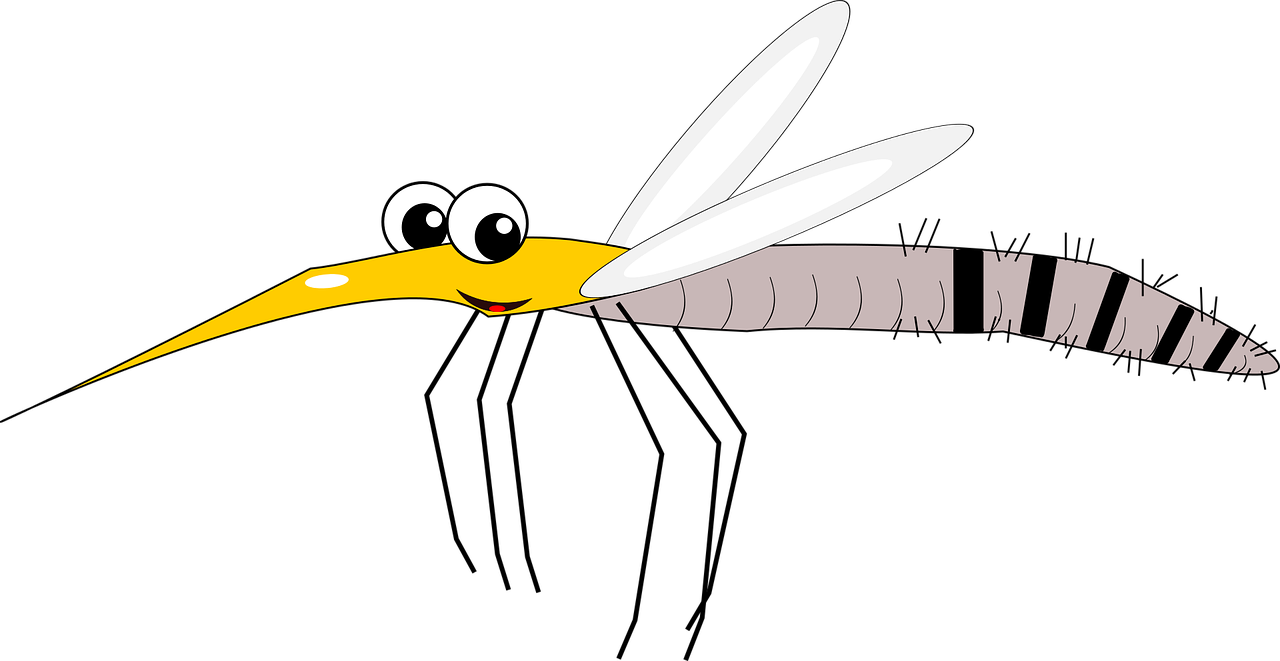
Despite efforts over the decades by scientists across the world, malaria continues to be a major vector-borne disease particularly in Asia, Africa, and South America.

Scientists have developed a hydrogel from the gum of guar (cluster bean) that can increase soil moisture and help farmers save their crops in case of water scarcity.

Here is more evidence why we need to worry about climate change. A new study says extreme rainfall events are on the rise in India and attributes the trend to man-made emissions, what scientists call anthropogenic warming.

A new analysis suggests hundreds of millions more could eat from the same resources if we switched to plant-based diets

Rice is a staple food for millions of Indians. It can also be a vital source of nutrition and health-benefiting substances if some of the nutritious varieties of rice traditionally grown can be popularized and polishing is kept to a minimum, a new study of diverse rice varieties done in Kerala has concluded.

World Meteorological Day is observed every year on March 23 to commemorate the coming into force of the international convention establishing the World Meteorological Organisation on March 23, 1950.
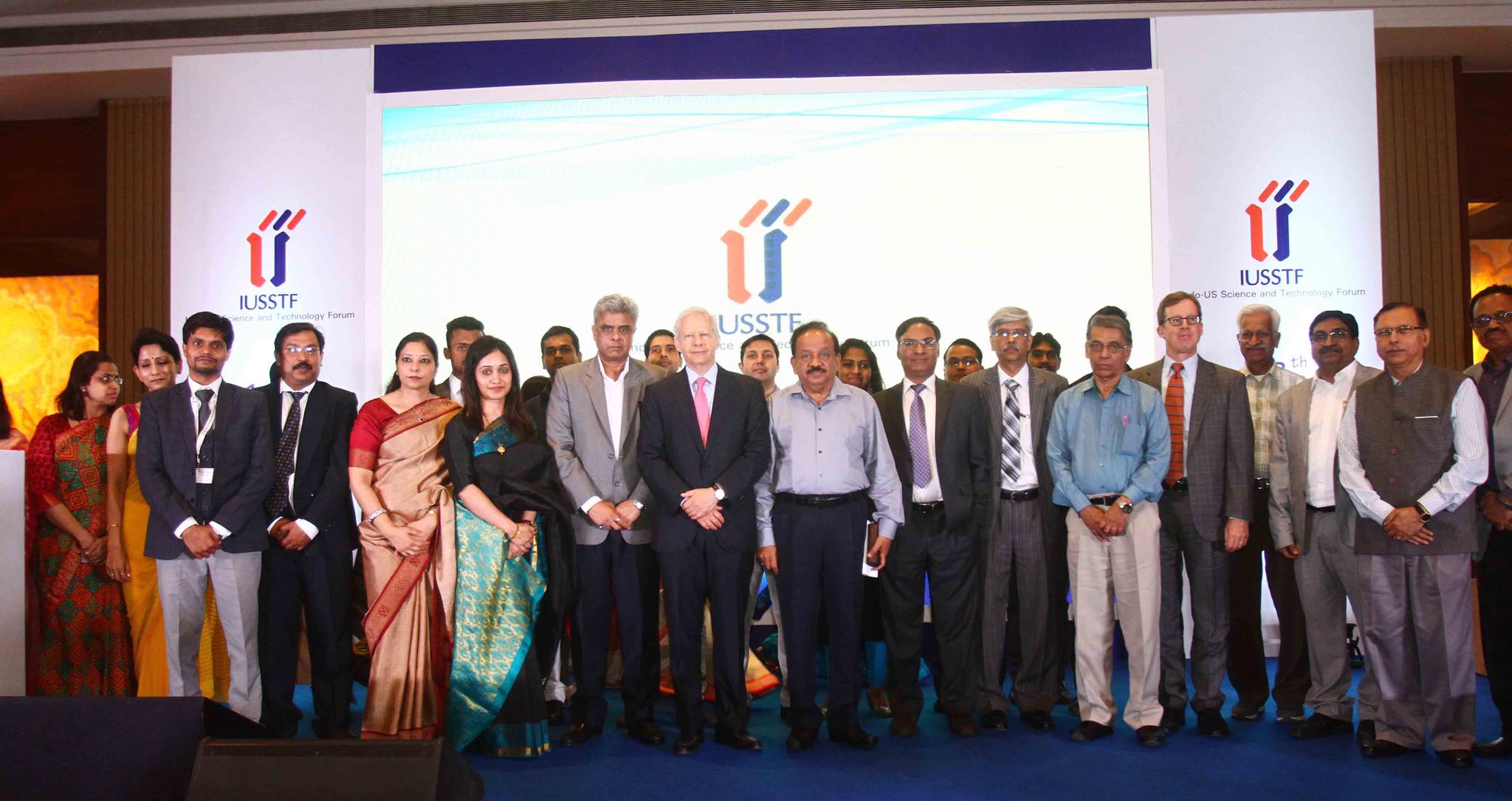
The Indo-U.S. Science and Technology Forum (IUSSTF) celebrated its 18th Foundation Day here on Wednesday in the presence of Minister for Science & Technology, Earth Sciences, Environment, Forests and Climate Change, Dr. Harsh Vardhan, and the Ambassador of the United States to India, Mr. Kenneth Juster.
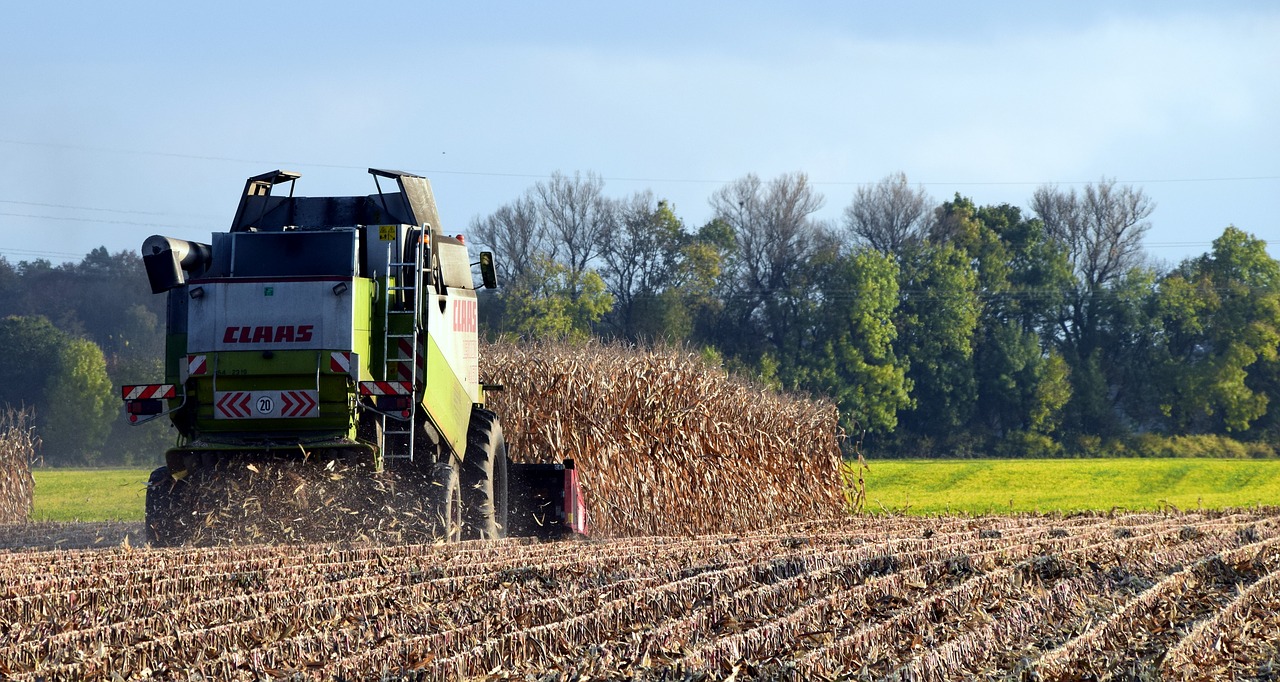
Researchers at the Indian Agricultural Research Institute (IARI) have developed a maize variety which is rich in both Vitamin A and essential amino acids through the process of plant breeding.

Several grassroots innovations which we often hear about failing to make it to the market.
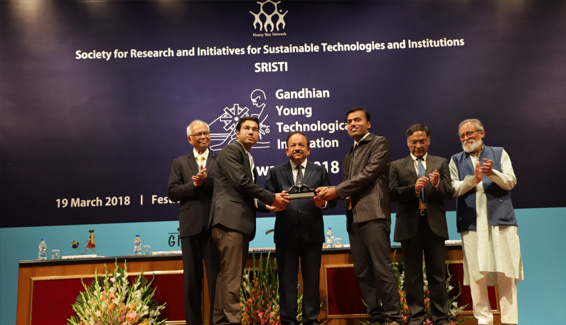
GYTI awards recognize technological excellence imbued with social relevance among students from all over the country
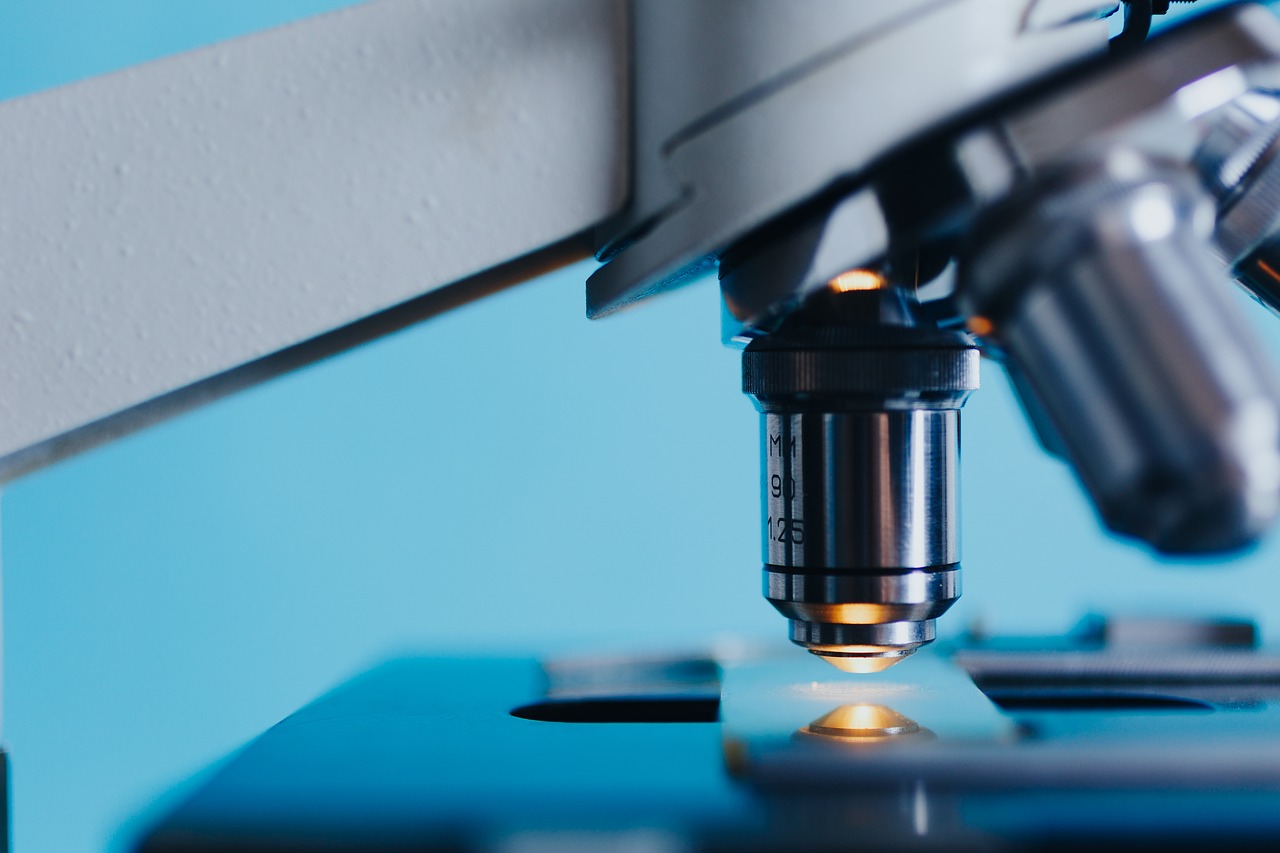
The Biotechnology Industry Research Assistance Council (BIRAC) under the Department of Biotechnology celebrated its sixth foundation day here today with the launching of a partnership with PerkinElmer, a US-based multinational corporation that focused on the business areas of human and environmental health.
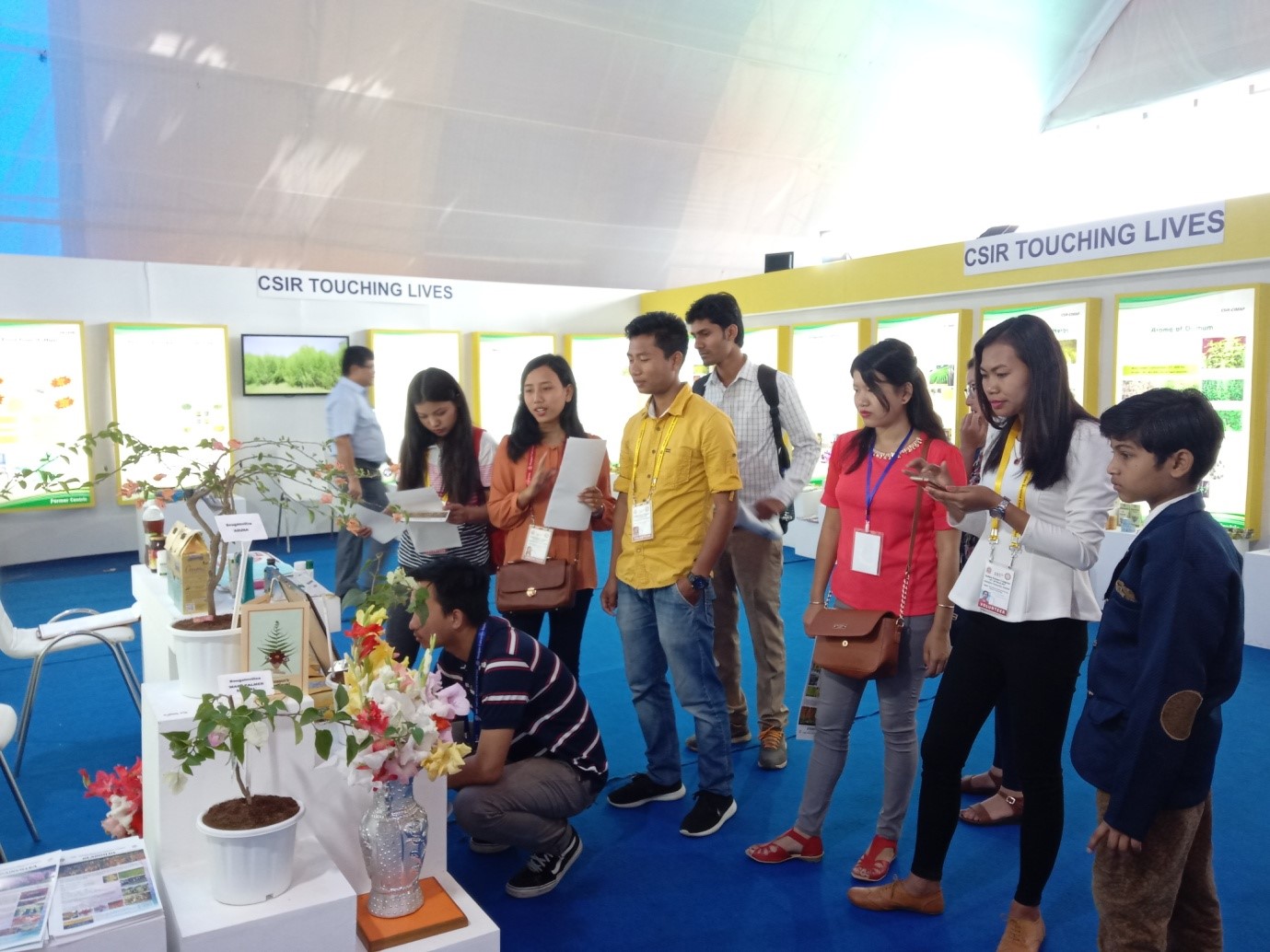
The Pride of India (PoI) Expo organized as part of the Indian Science Congress, which concluded here today, was a major center of attraction.

Science and technology communication can help spread the scientific way of thinking among people and make science accessible to them.

There is good news for the pharmaceutical companies looking for new products based on Indian medicinal plants. A new online database has identified 960 phytochemicals present in Indian herbs that can potentially be developed into drugs.
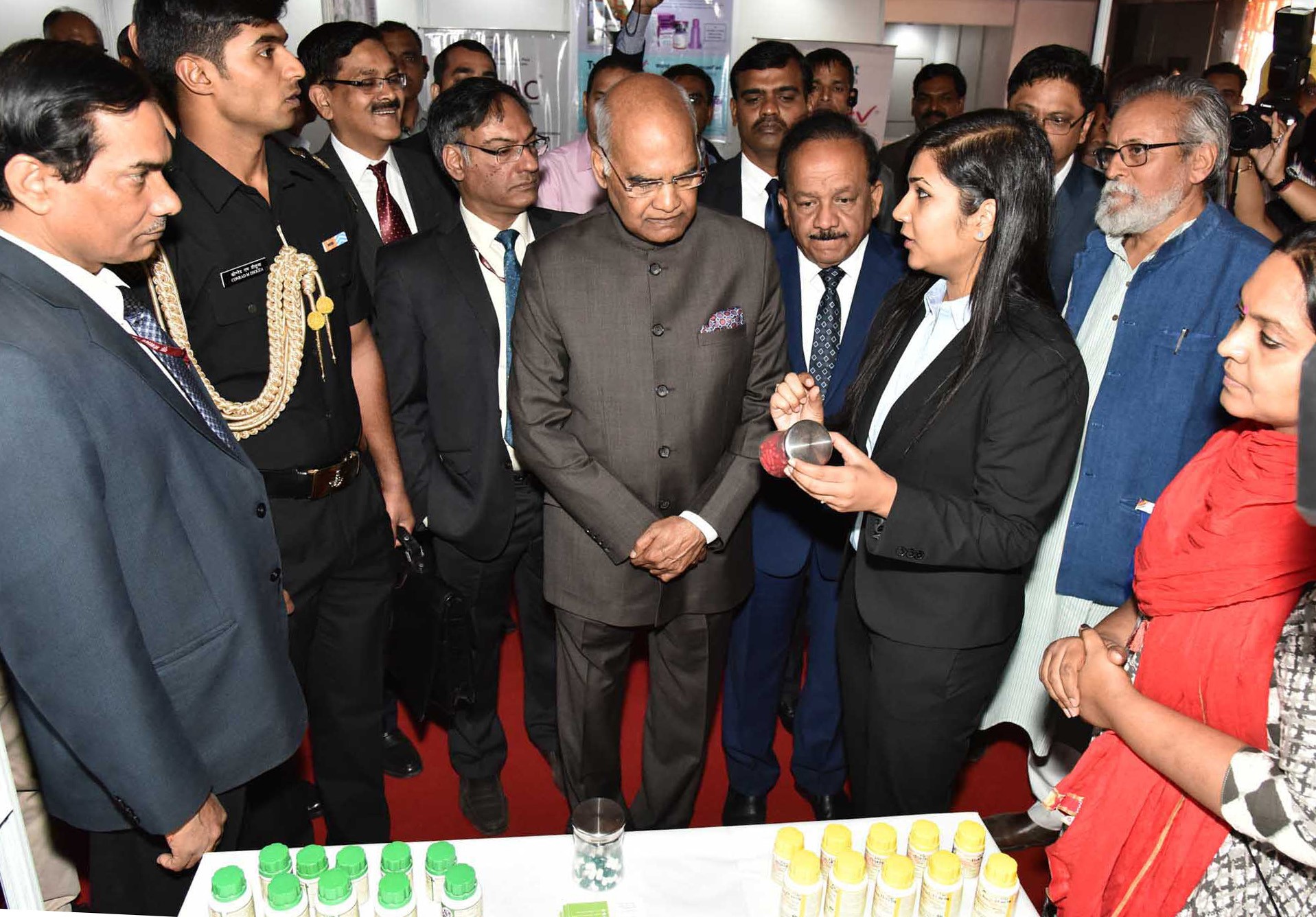
Rashtrapati Bhawan, the presidential palace in the heart of the national capital, usually attracts a large number of visitors when flowers bloom in its famous Mughal Gardens.

“Women’s involvement in science and technology encounters bias in regard to disciplines and academic or professional level of responsibility,” observed Kesari Nath Tripathi, Governor of West Bengal, while inaugurating the Women Science Congress during in the Indian Science Congress session here.
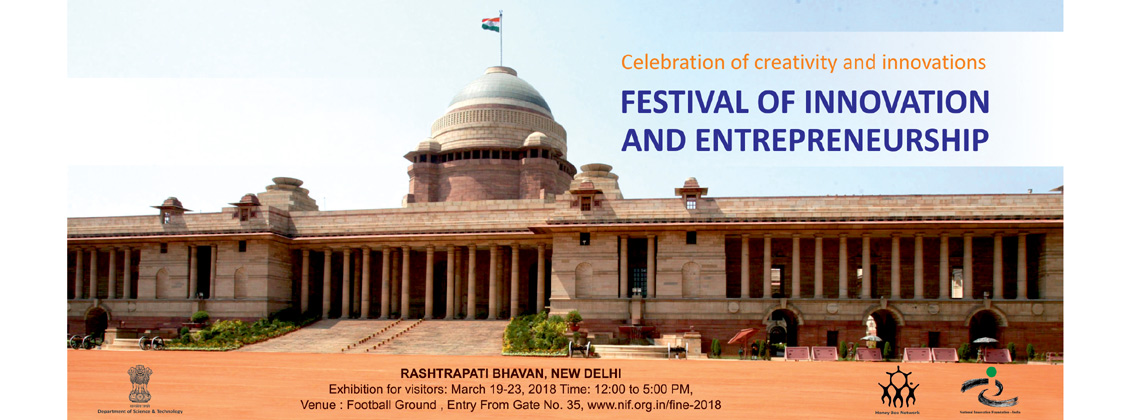
The Festival of Innovation and Entrepreneurship (FINE) – an initiative of the Office of the President of India to recognize and reward innovations – will open at Rashtrapati Bhawan on Monday.
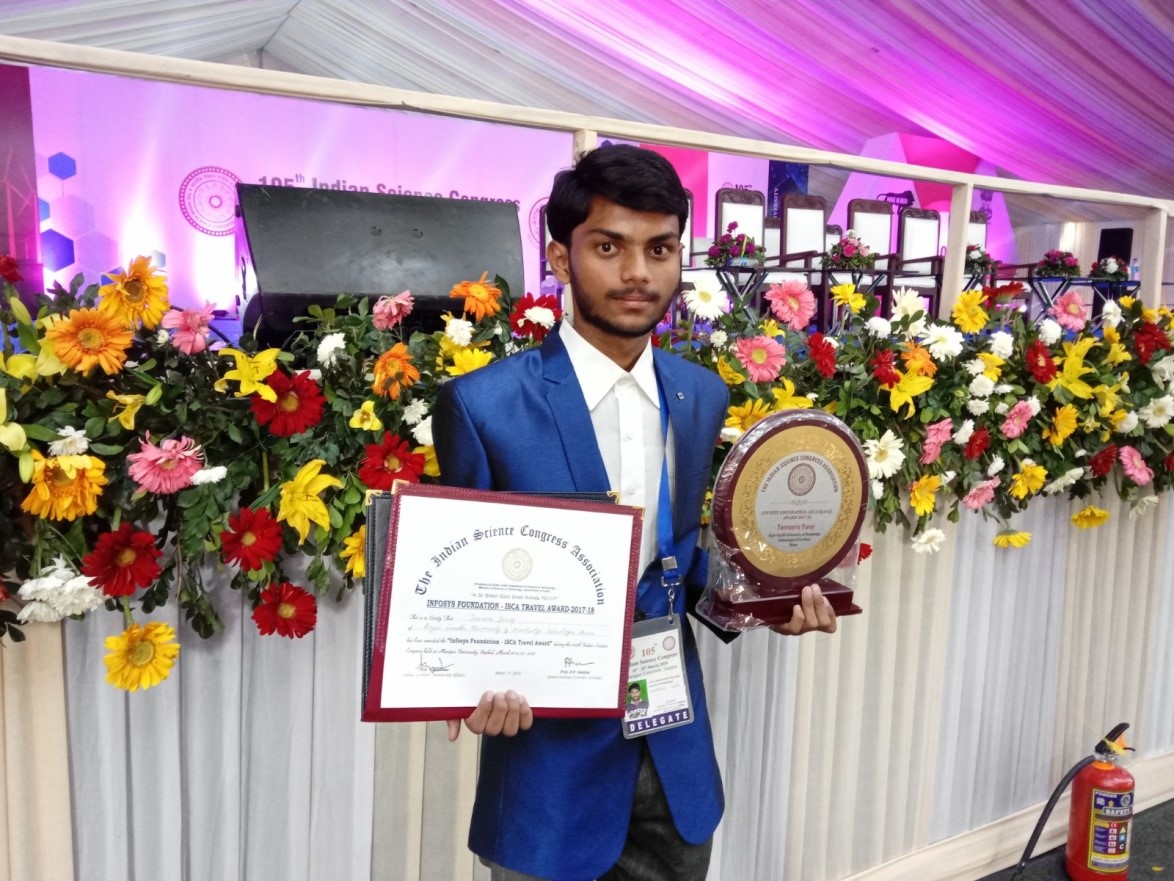
The annual session of the Indian Science Congress (ISC) provides a forum for young researchers and university students to listen to scientists and scientific leaders on various subjects.
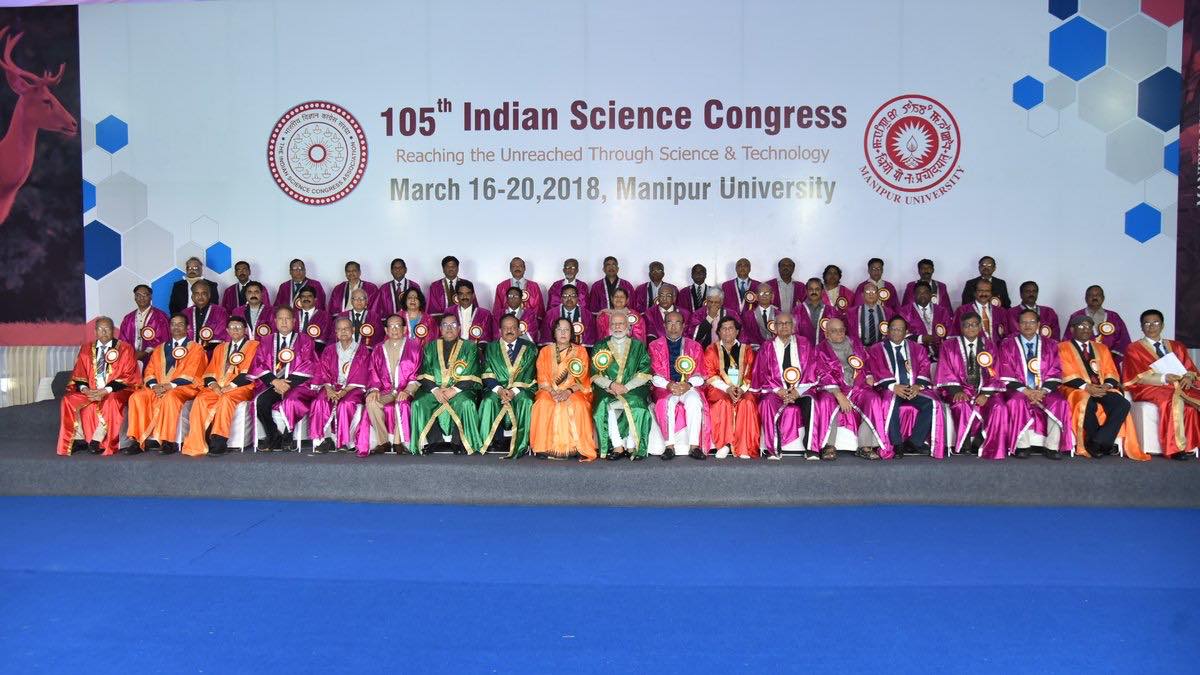
The 105th session of the Indian Science Congress began in the capital of Manipur with Prime Minister Narendra Modi calling upon scientists to work for solving societal problems. Time has come, he said, to redefine Research and Development (R&D) as ‘research for development’.
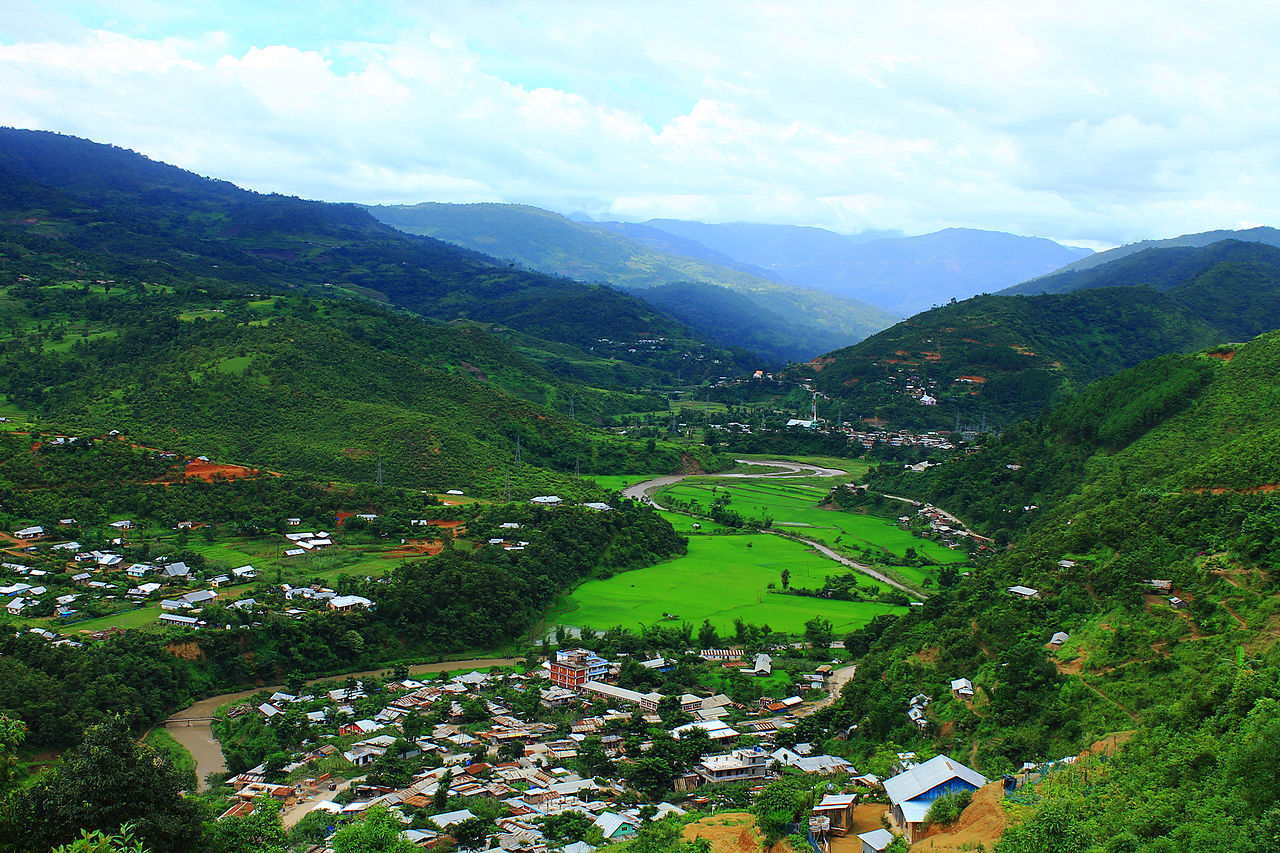
Imphal, capital of Manipur is all set to host the annual session of the Indian Science Congress for the first time. The Prime Minister Mr. Narendra Modi will formally inaugurate the 105th session of the Congress on Friday. Manipur University will host the science congress.
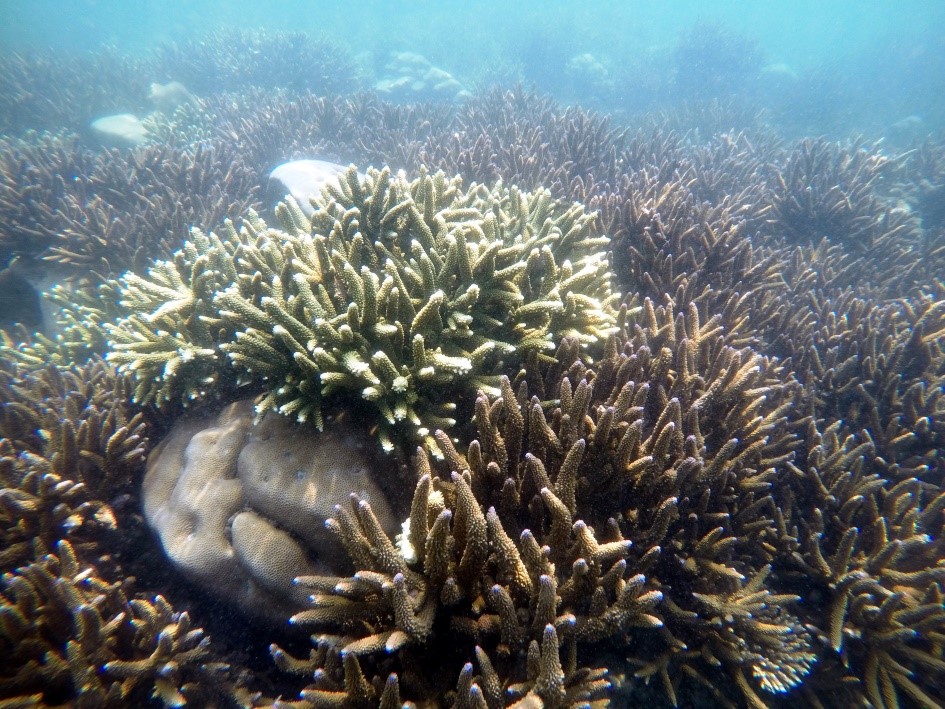
Coral reefs in the Gulf of Mannar in Tamil Nadu are facing a new threat. Researchers have found that an invasive marine sponge species, Terpios hoshinota, is growing aggressively over live coral colonies in Van Island in the Mannar Bay, which could prove fatal for coral reefs there.
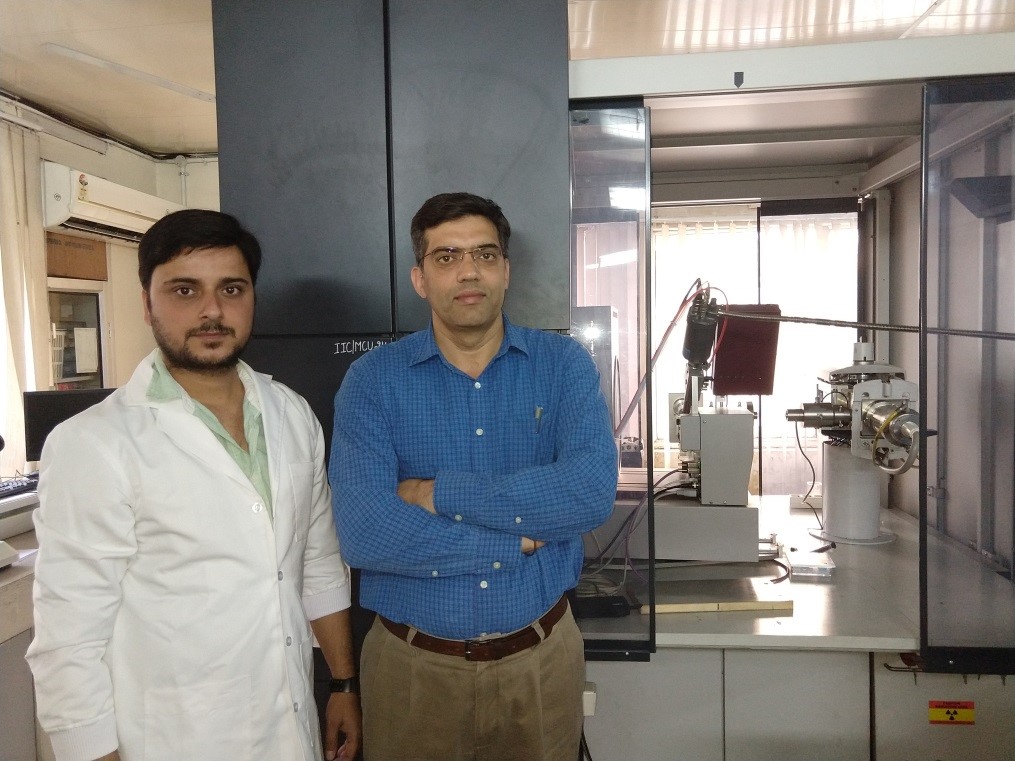
Researchers at the Indian Institute of Technology, Roorkee, have found out the mechanism that underlies antibacterial properties of a natural compound called Chlorogenic Acid which occurs in several plants including coffee.

Stephen Hawking (January 8, 1942 - 14 March 2018) passed away in the early hours of March 14th, leaving behind a rich intellectual legacy that will dominate theoretical physics for years to come.
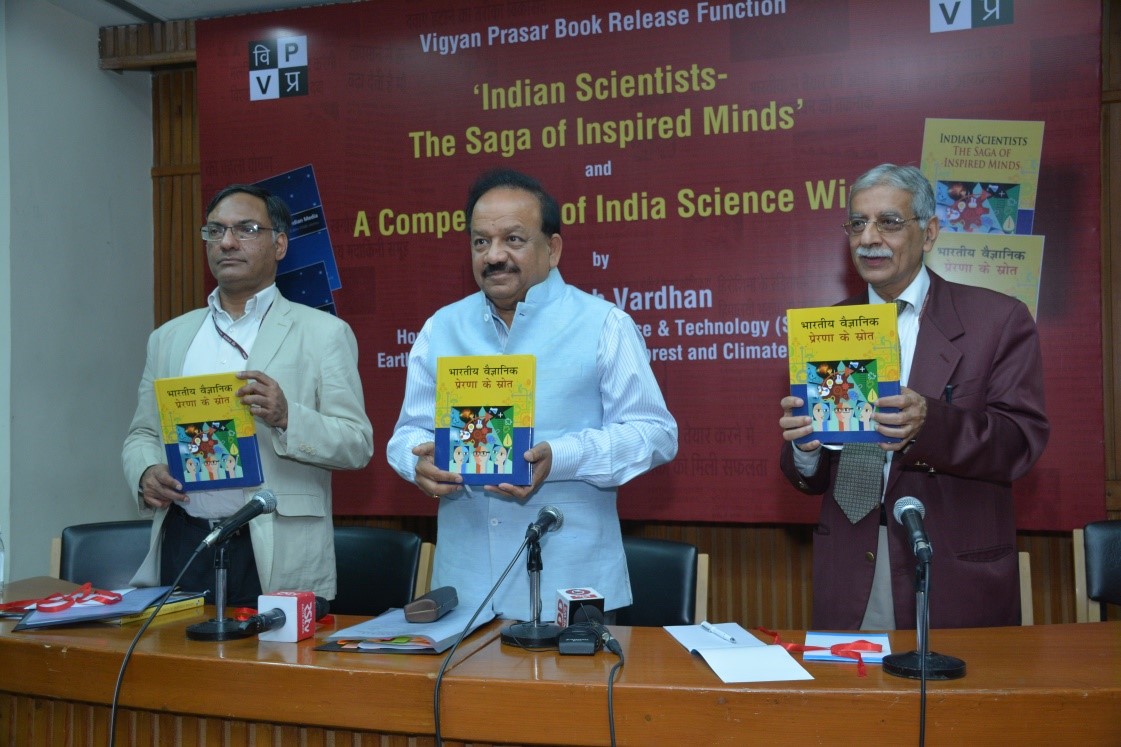
Greatest of advances, discoveries, inventions and innovations in science rarely follow a linear logic. A number of scientists and technologists in several spheres have beautified the landscape of science and technology-led development in India.

The Council of Scientific and Industrial Research’s Delhi-based Institute of Genomics & Integrative Biology (CSIR-IGIB) has decided to commercialize a set of 27 genetics tests it has developed over the years.
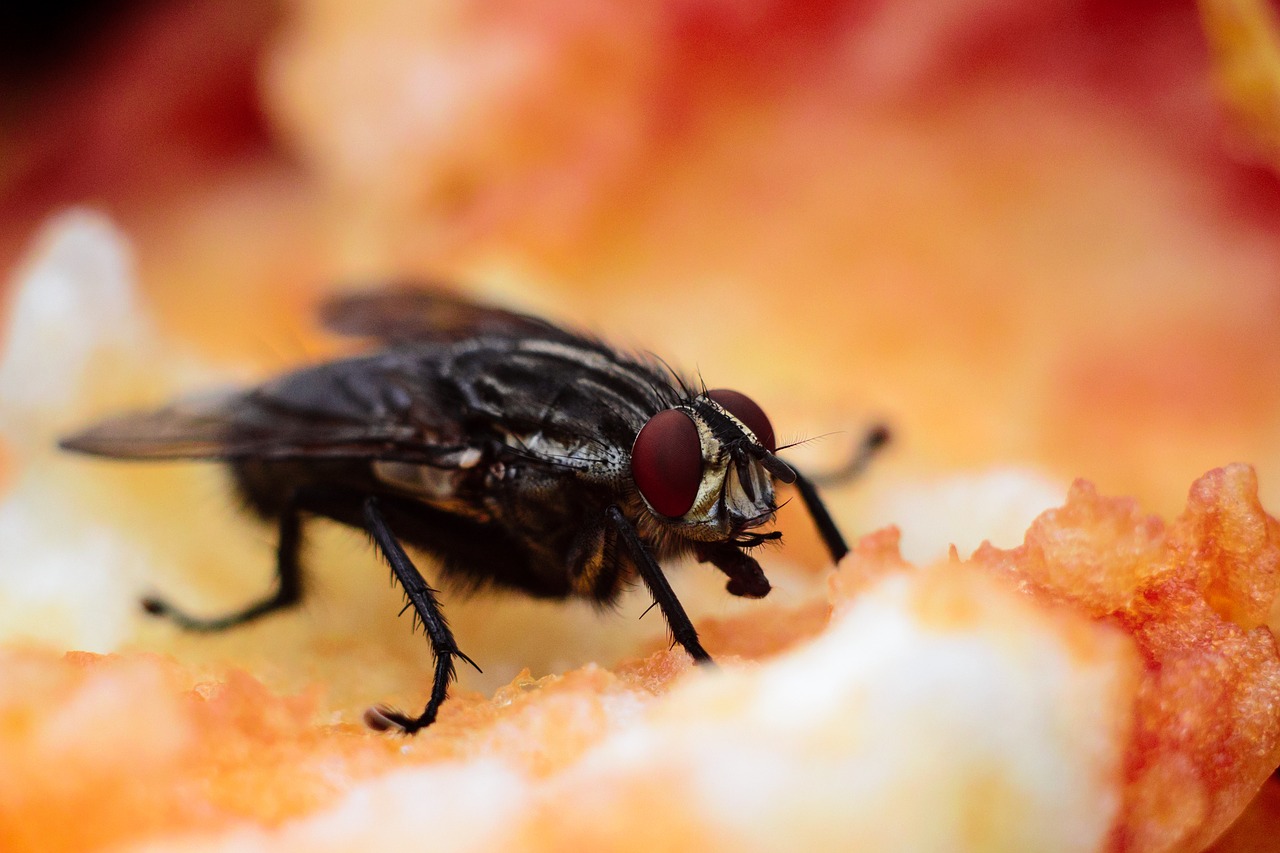
Have you ever wondered why candies taste so good and pill so bitter? It seems the secret lies in one pair of brain cells.

Plastics have invaded our environment like never before. Now scientists have discovered that squirrels in urban areas are using plastic waste as a building material for their nests.

Tomato, a vegetable crop grown worldwide, is facing significant losses in productivity due to environmental factors like drought, floods, salinity, and heat.

In a few weeks from now, monsoon forecasts will begin. These forecasts are based on calculations made by computer modeling.

In their search for new drugs against tuberculosis which is increasingly becoming resistant to presently available drugs, researchers are exploring all options.
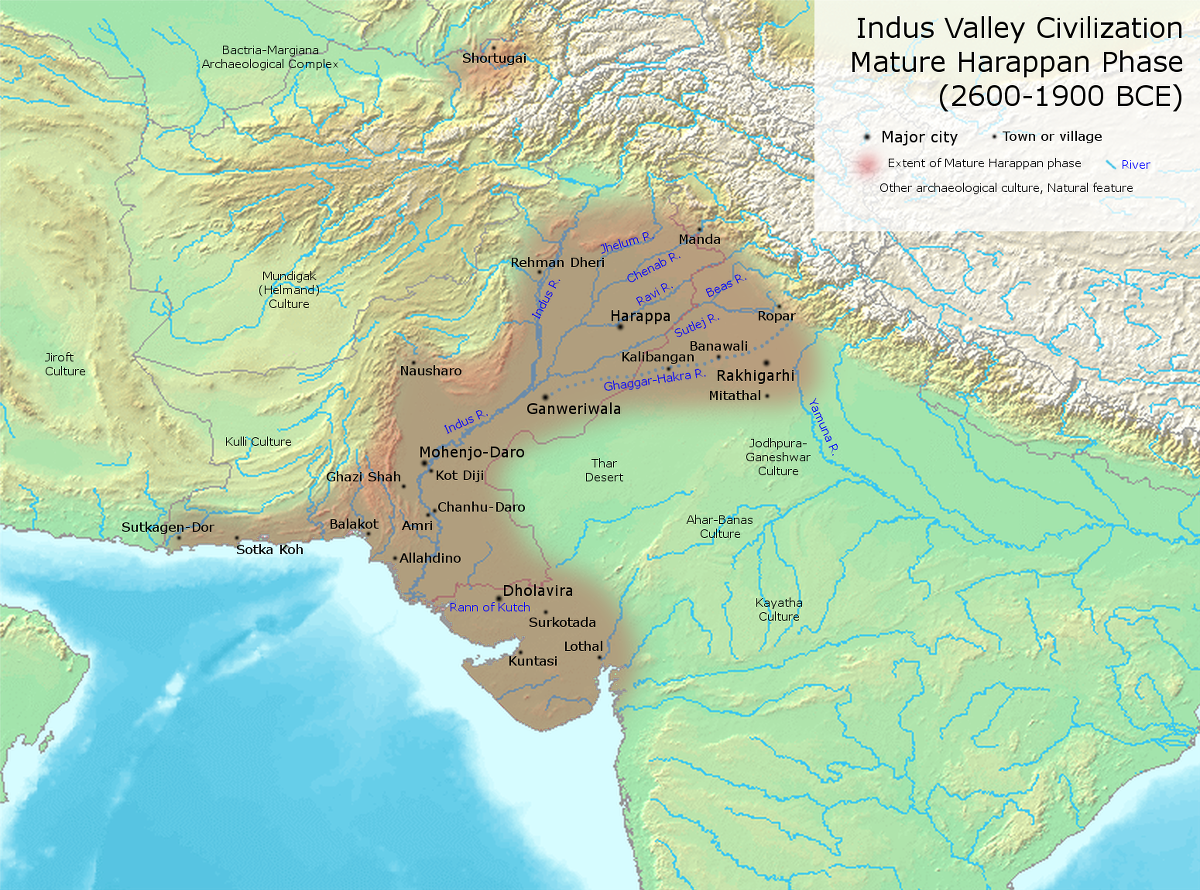
Indian researchers have found buried archeological features at Dholavira, one of the important sites of Harappan civilization in India.

For a long time now, historians have been using epigraphy to infer the political and economic aspect of the past. In recent times, astronomers have come to realize that it can be a potent tool to also understand the history of astronomy as well as for inferring minute changes in the motion of Earth.

A team of astronomers including an Indian graduate student Nivedita Mahesh from Arizona State University have discovered for the first time signals from “cosmic dawn” - the moment when the universe's earliest stars emerged, making a significant breakthrough in our understanding of the evolution of cosmos.
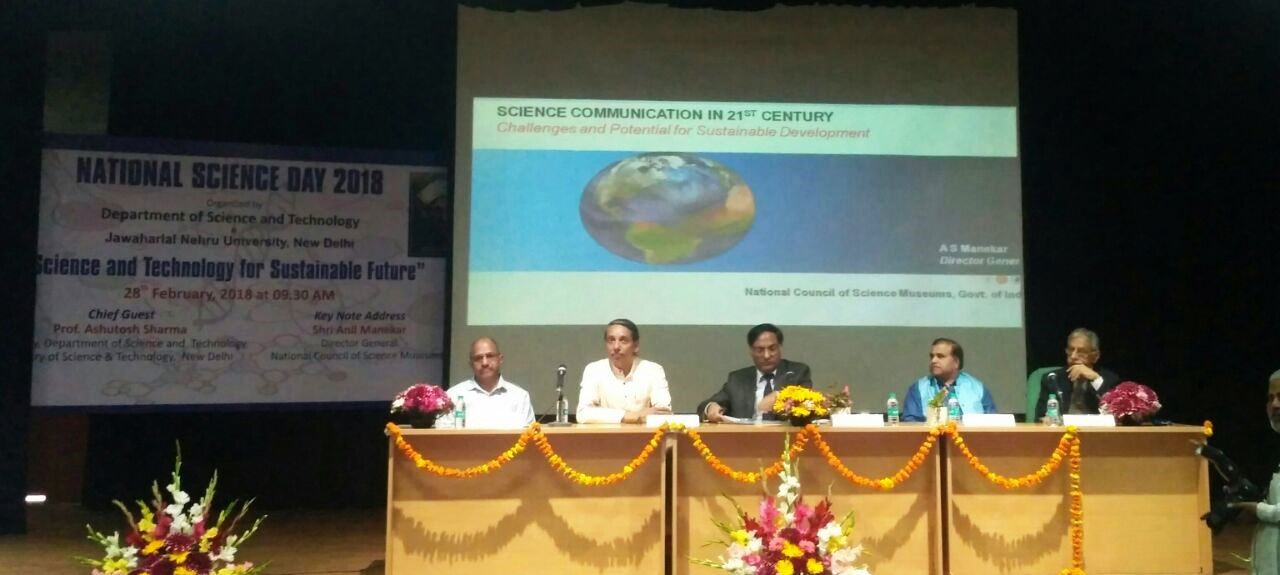
Eminent physicist, Sir C.V.Raman was the toast of the day as Department of Science and Technology (DST) and Jawaharlal Nehru University (JNU) jointly celebrated the National Science Day to mark the discovery of Raman Effect which won him Nobel Prize and helped place India in the global map of science.
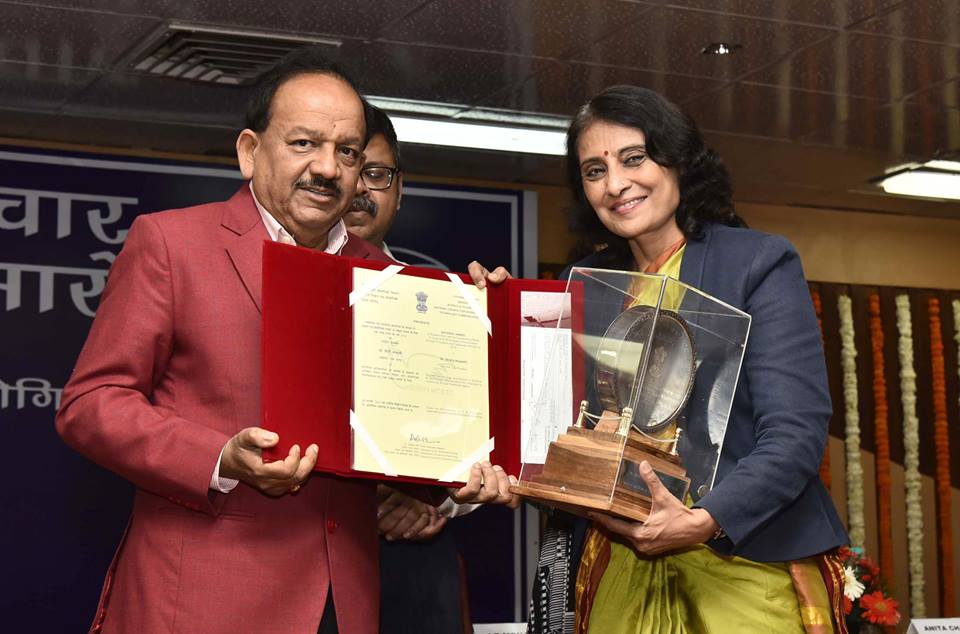
The National Council for Science & Technology Communication (NCSTC) on Wednesday presented awards to science communicators for their efforts to popularize science among people.
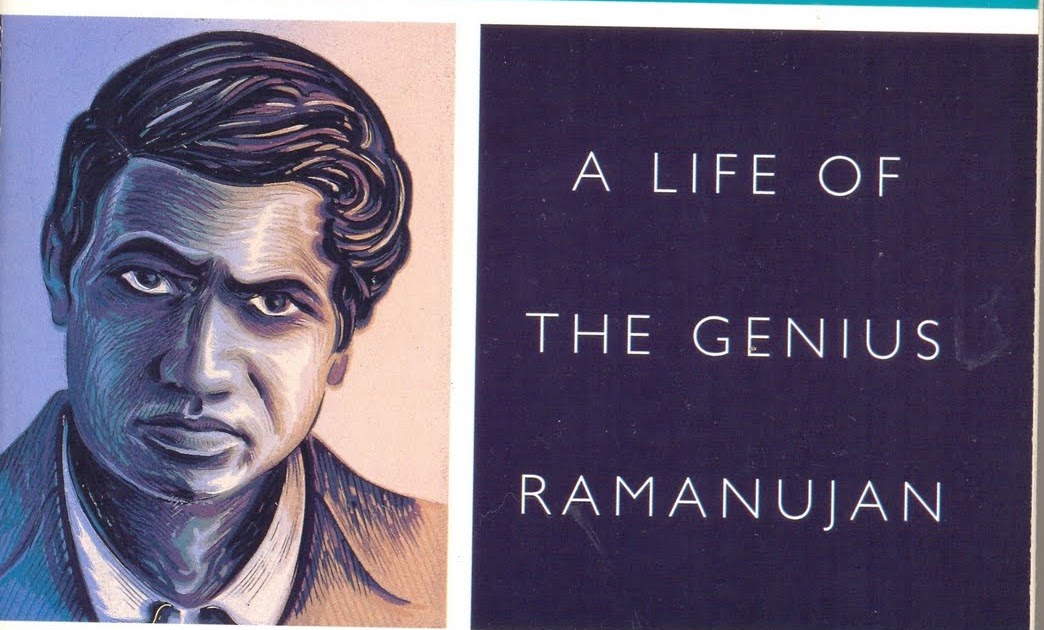
Today marks the centenary of Ramanujan’s election as a Fellow of Royal Society, the world’s oldest and most respected scientific society.

Small actions by everyone in their day to day lives can help meet the challenge posed by climate change, Minister for Science & Technology and Environment Dr. Harsh Vardhan has said.
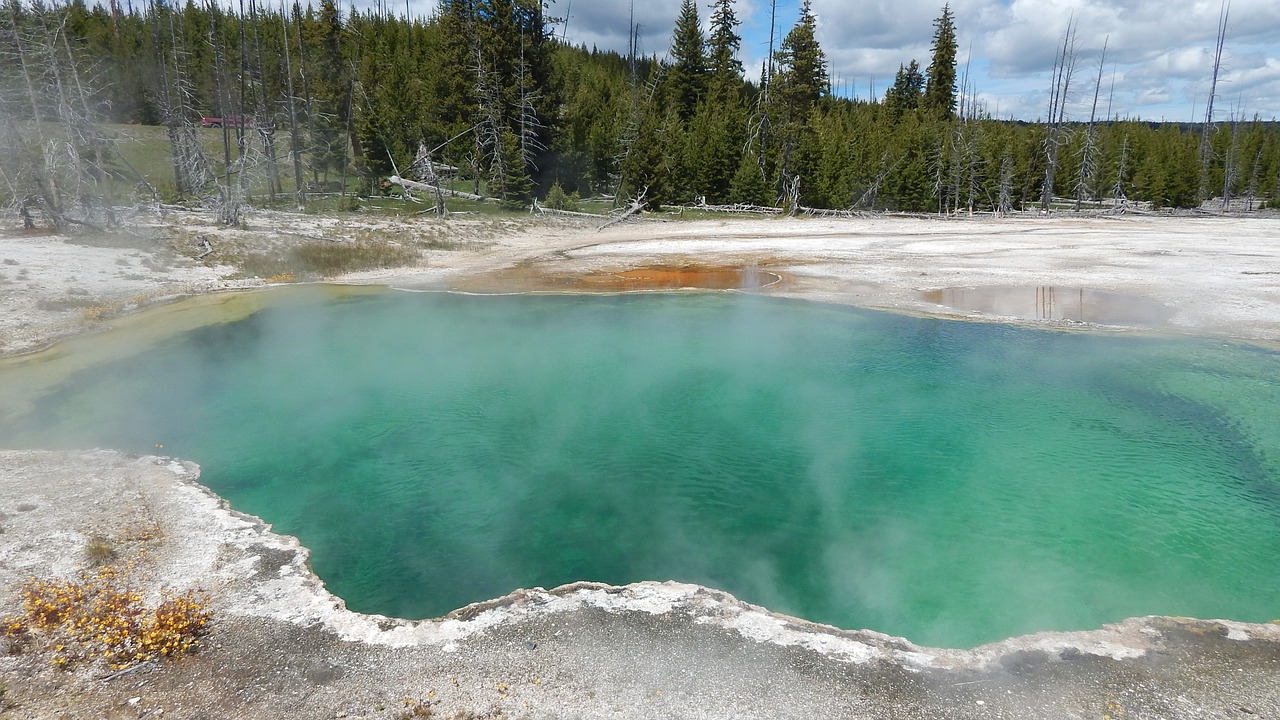
Microorganisms can be found in almost every habitat in the environment owing to their capacity to adapt and survive.
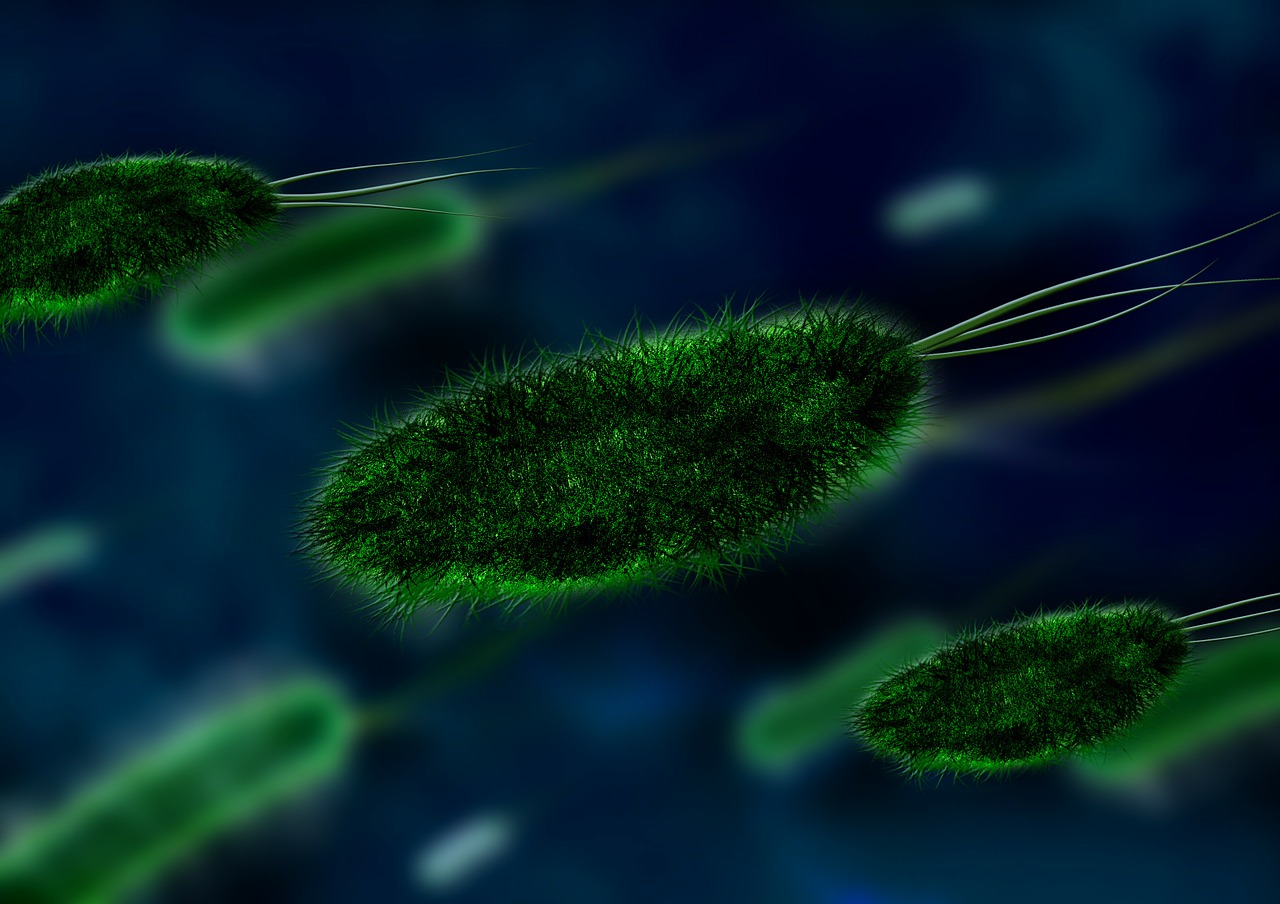
Indian researchers, working in collaboration with their Australian counterparts, have sequenced 42 strains of a disease-causing bacterium, Helicobacter pylori, to better understand genetic factors that play a role in disease development in Indian populations.
Internet is huge! Help us find great content
Never miss a thing! Sign up for our newsletter to stay updated.
Research Stash is a curated collection of tools and News for S.T.E.M researchers
Have any questions or want to partner with us? Reach us at hello@researchstash.com